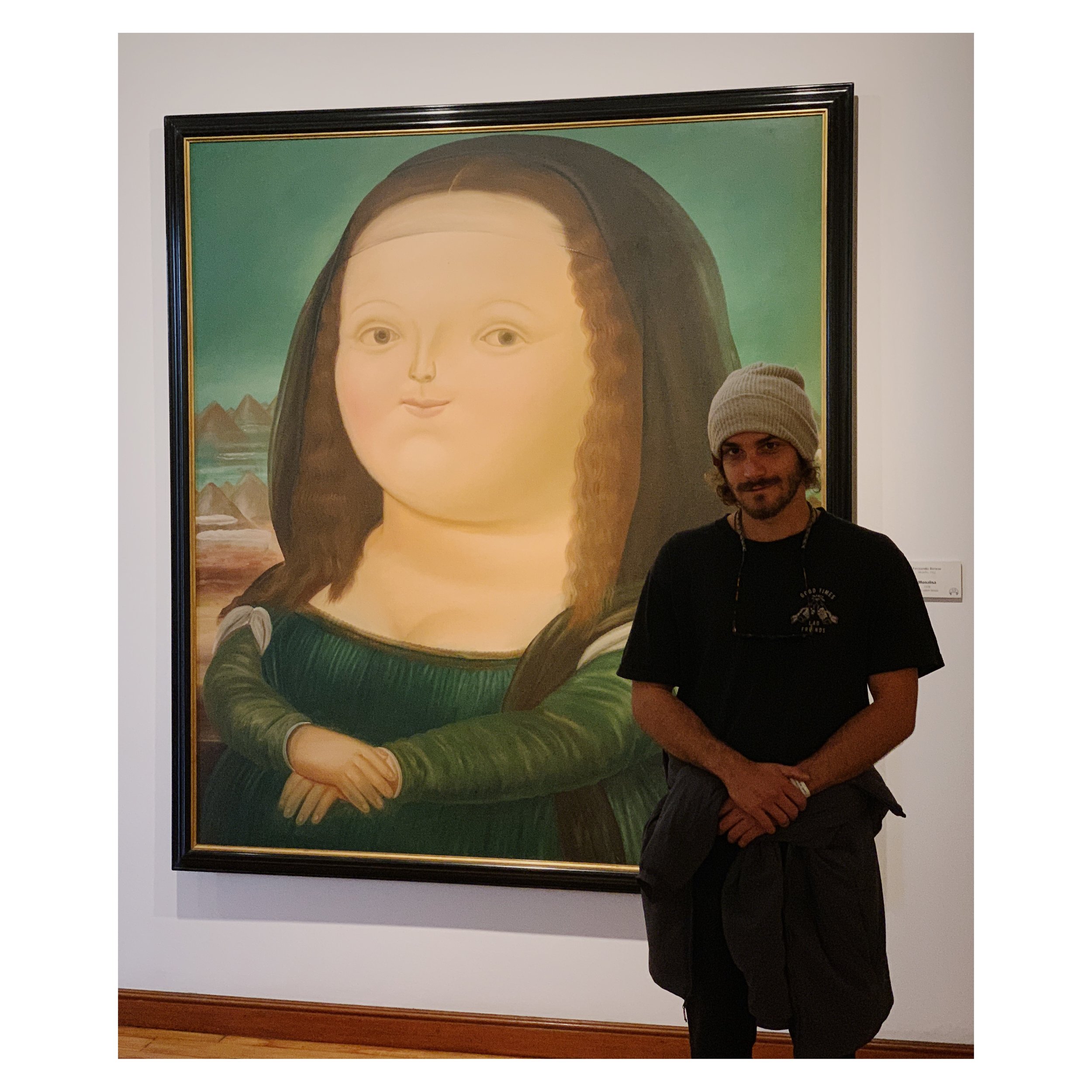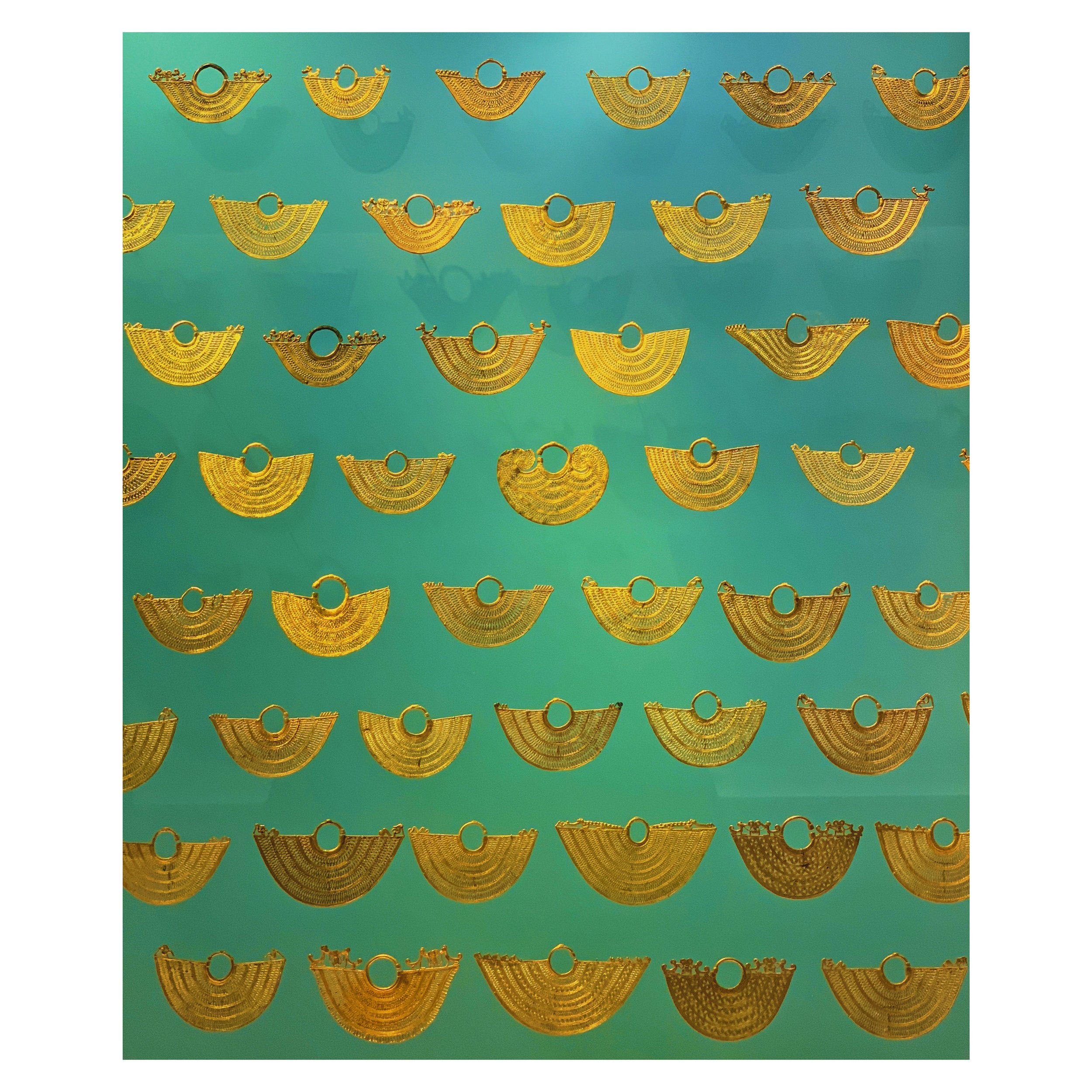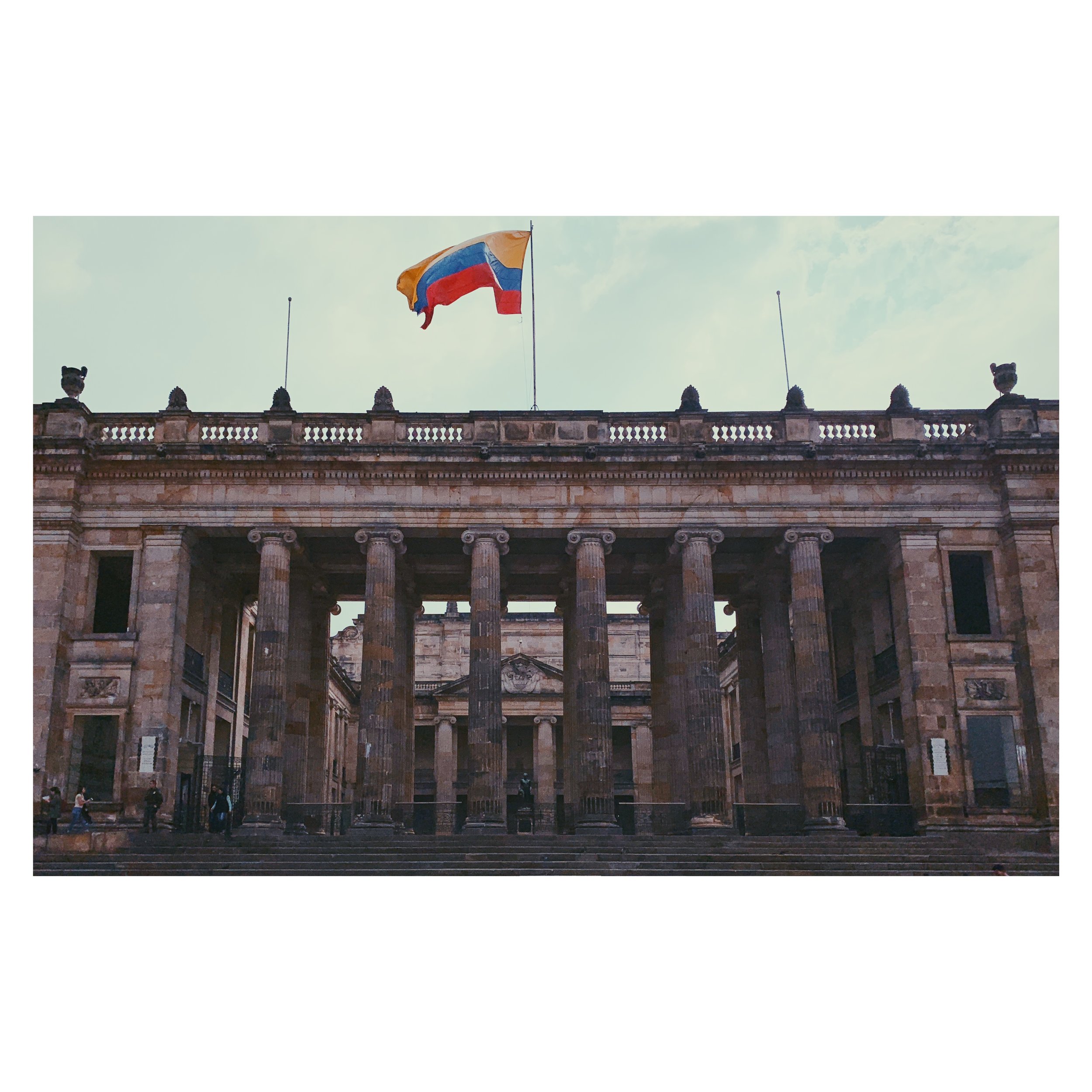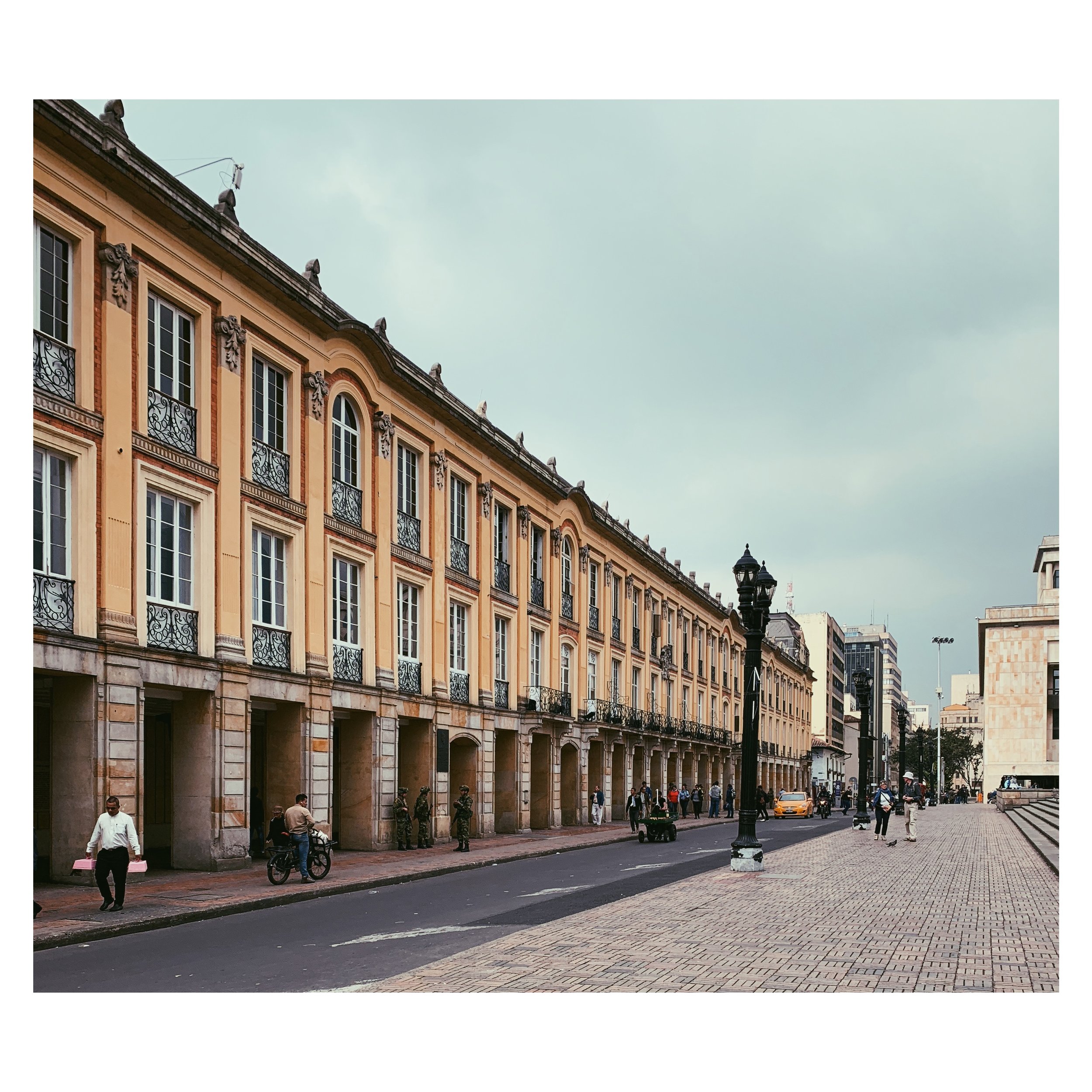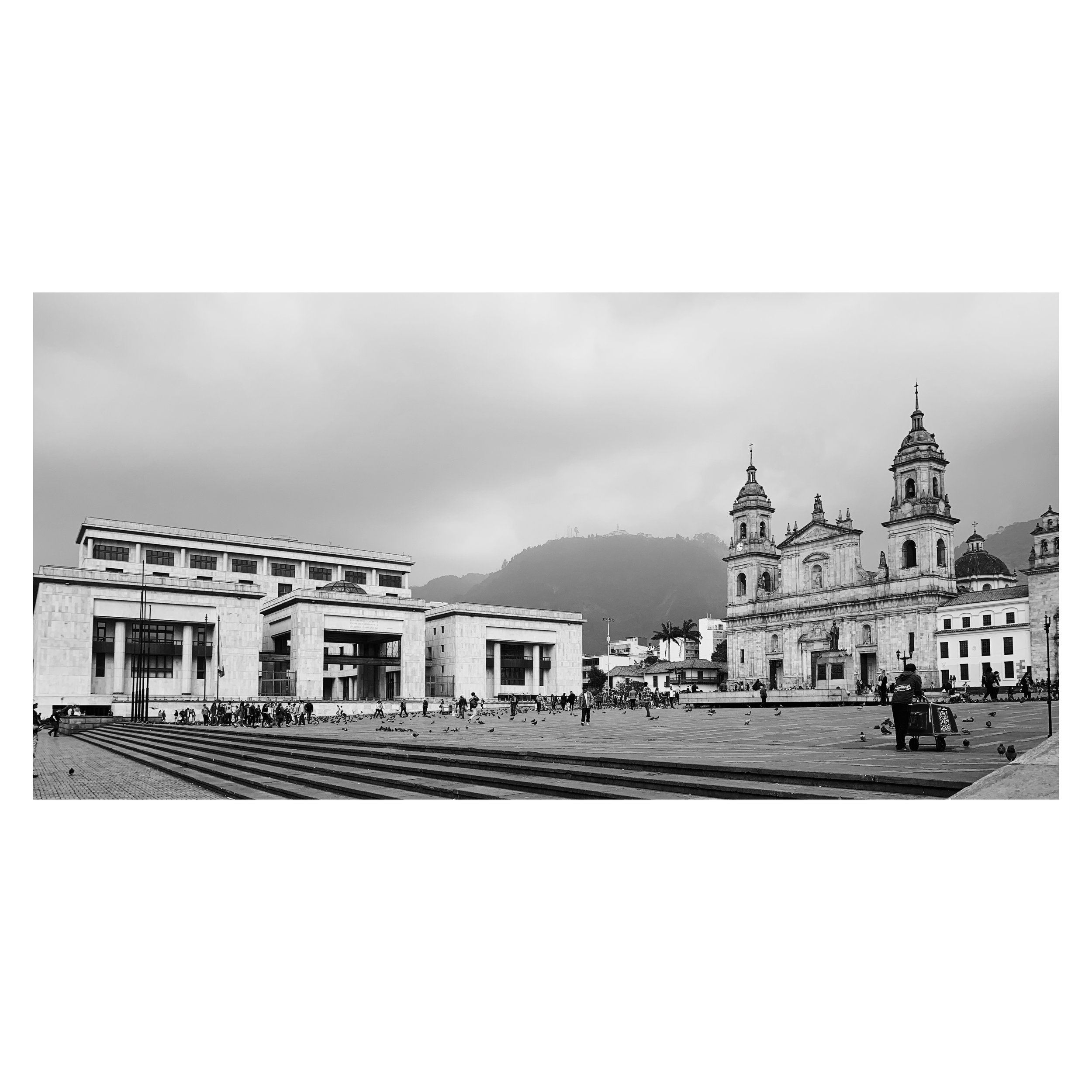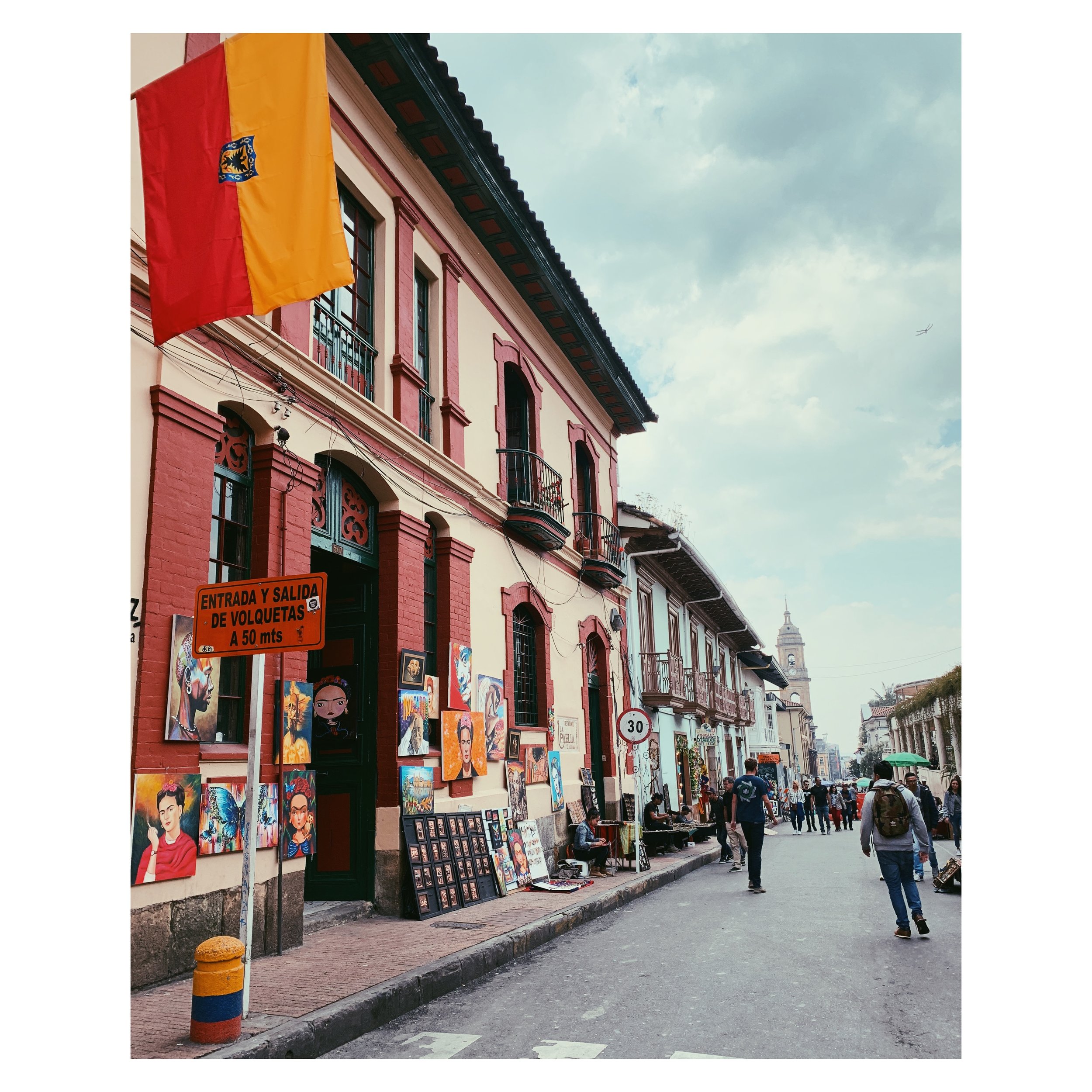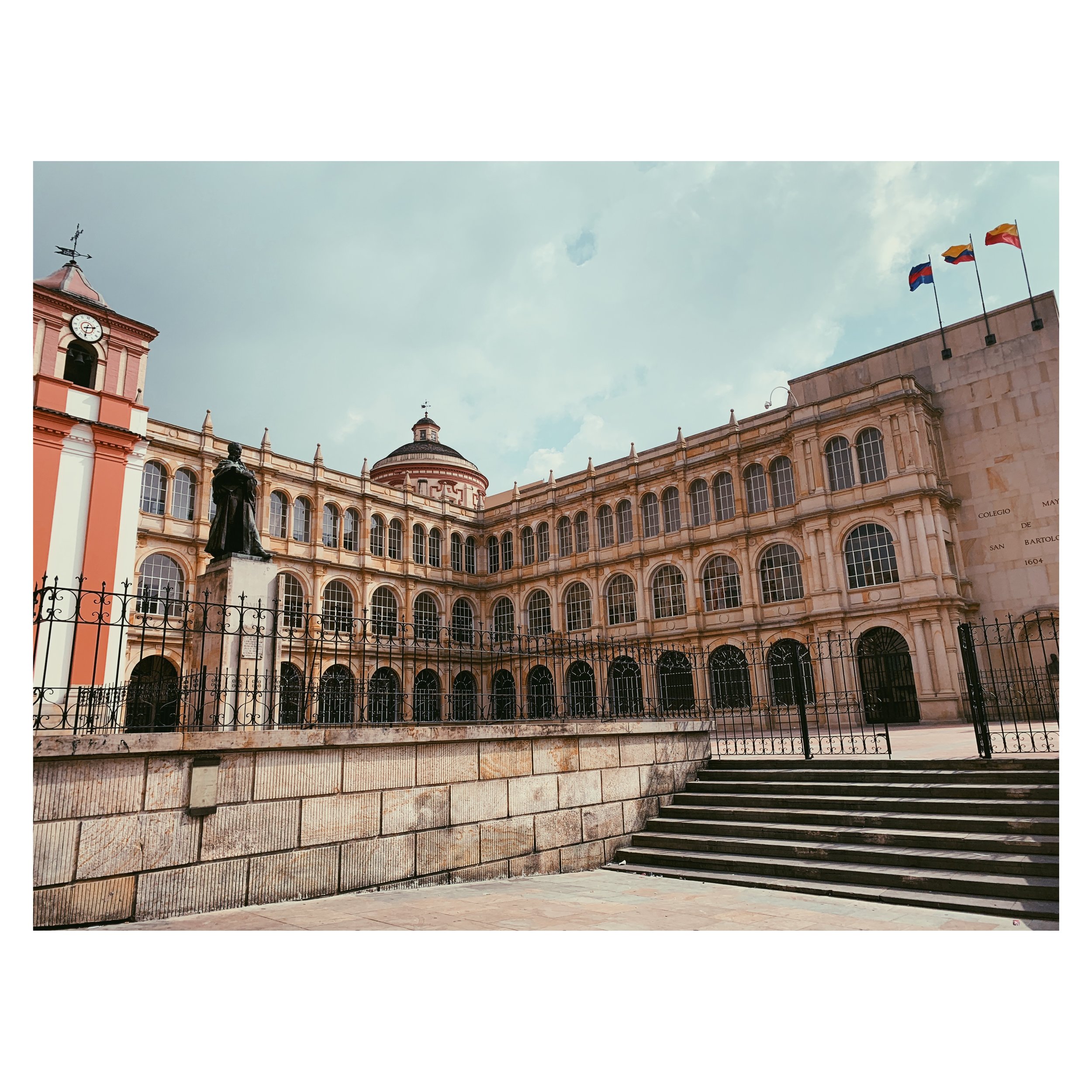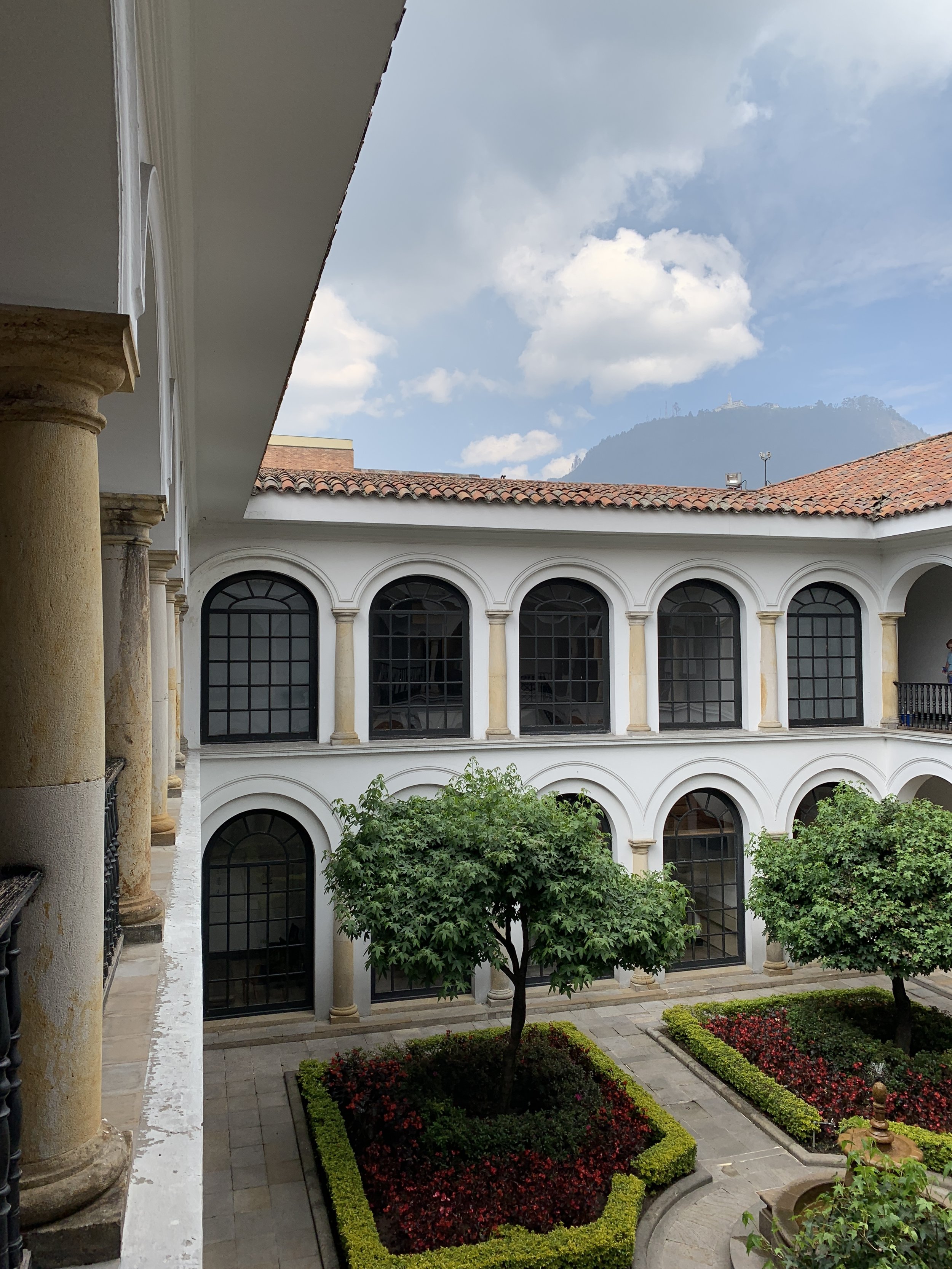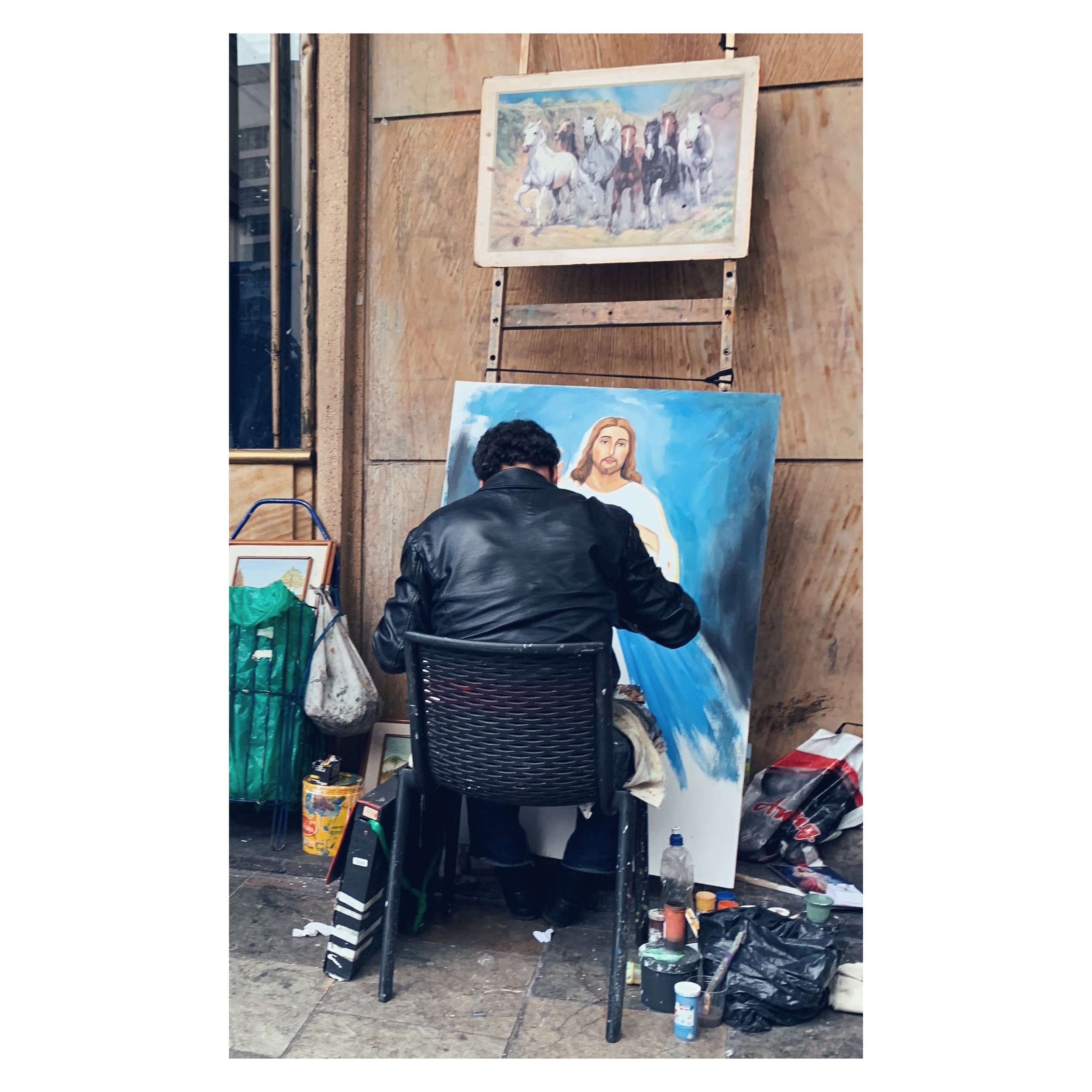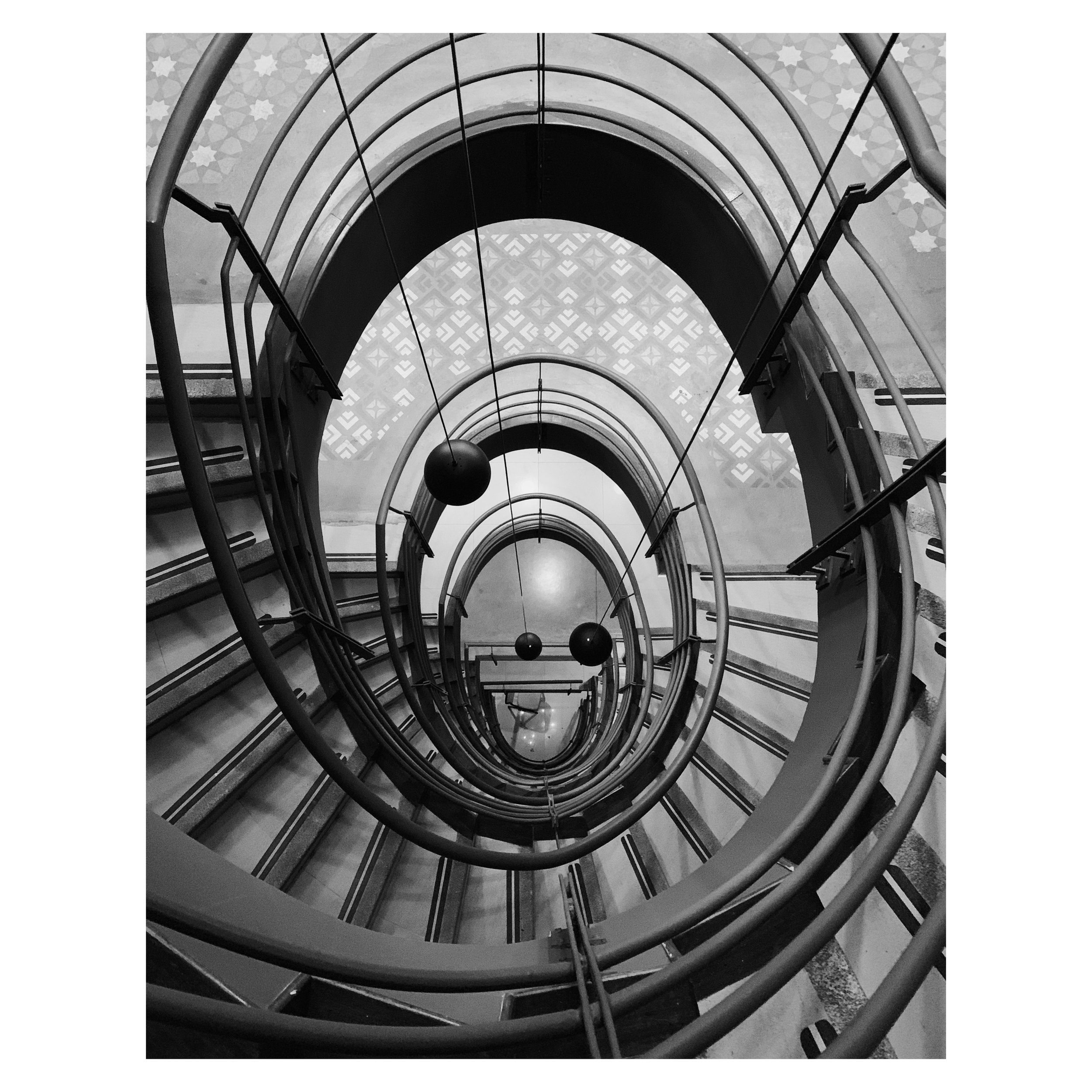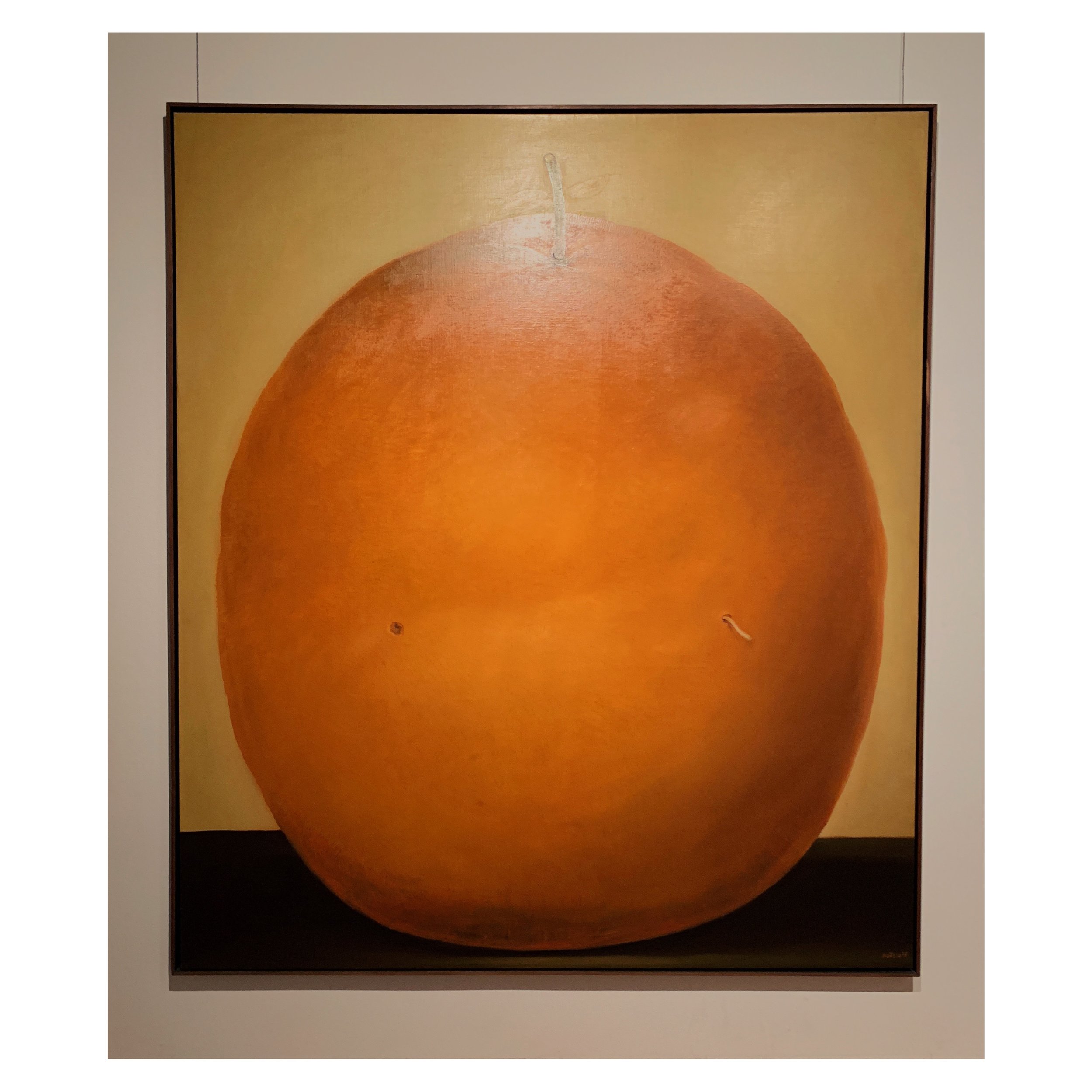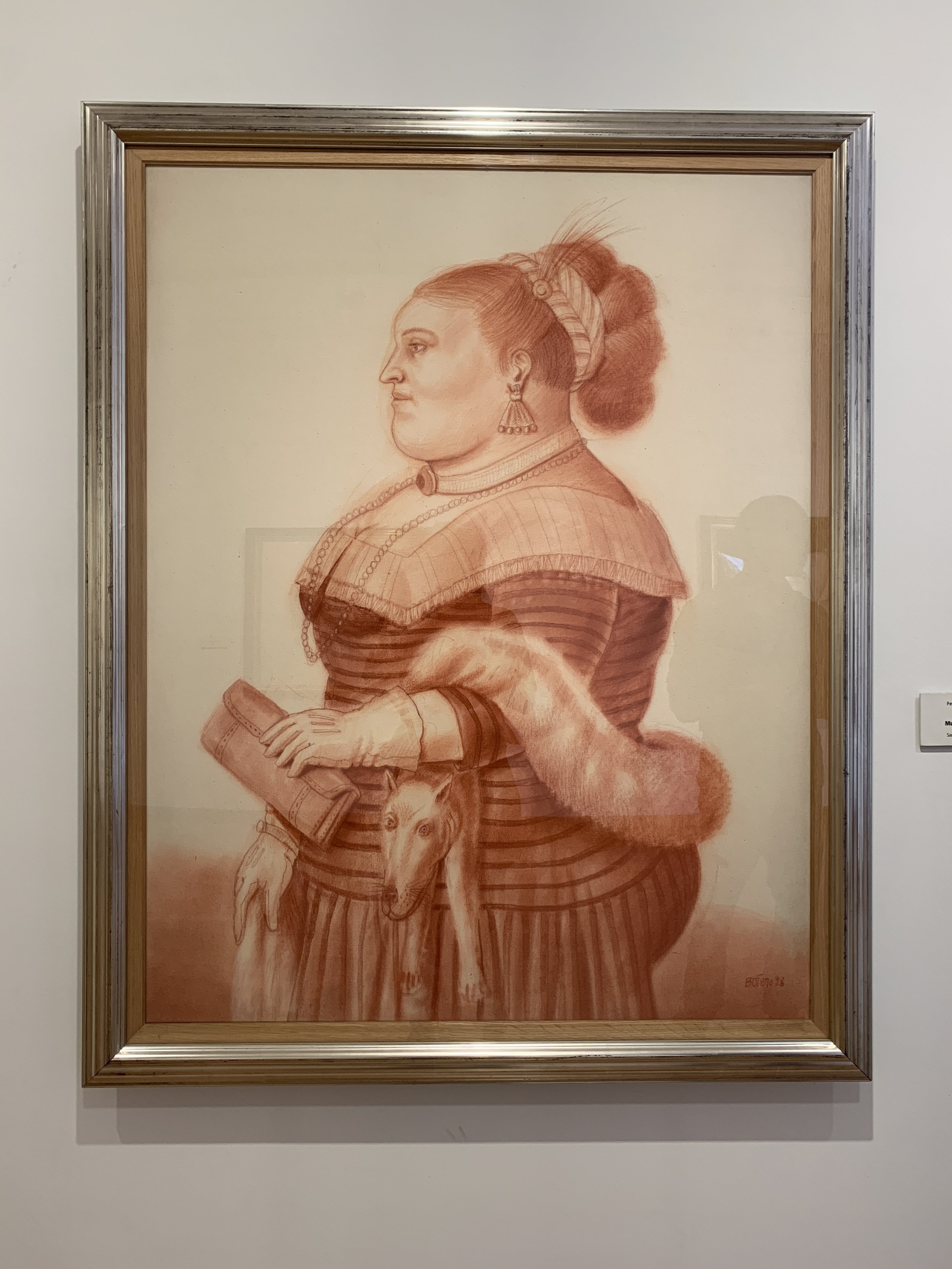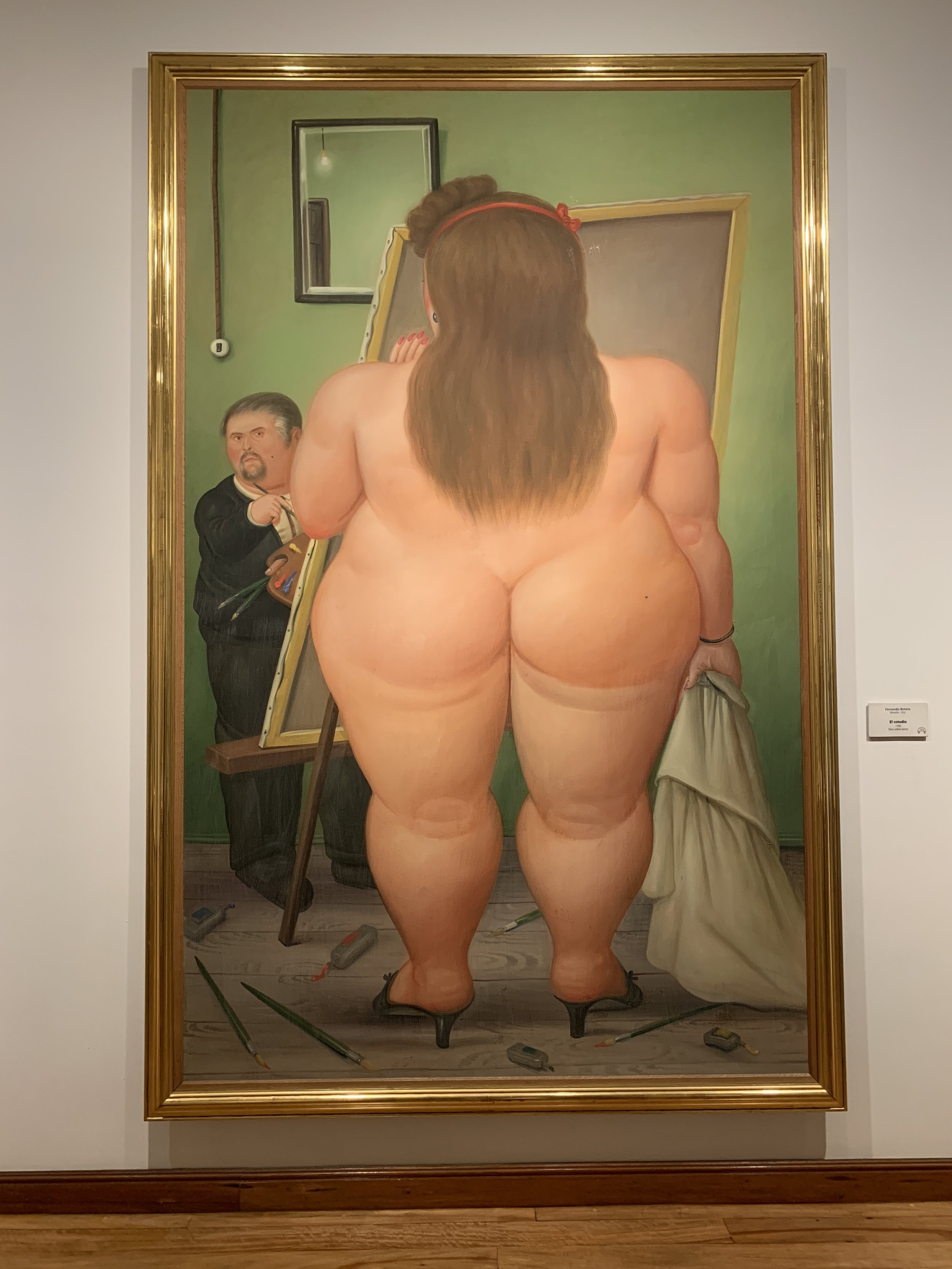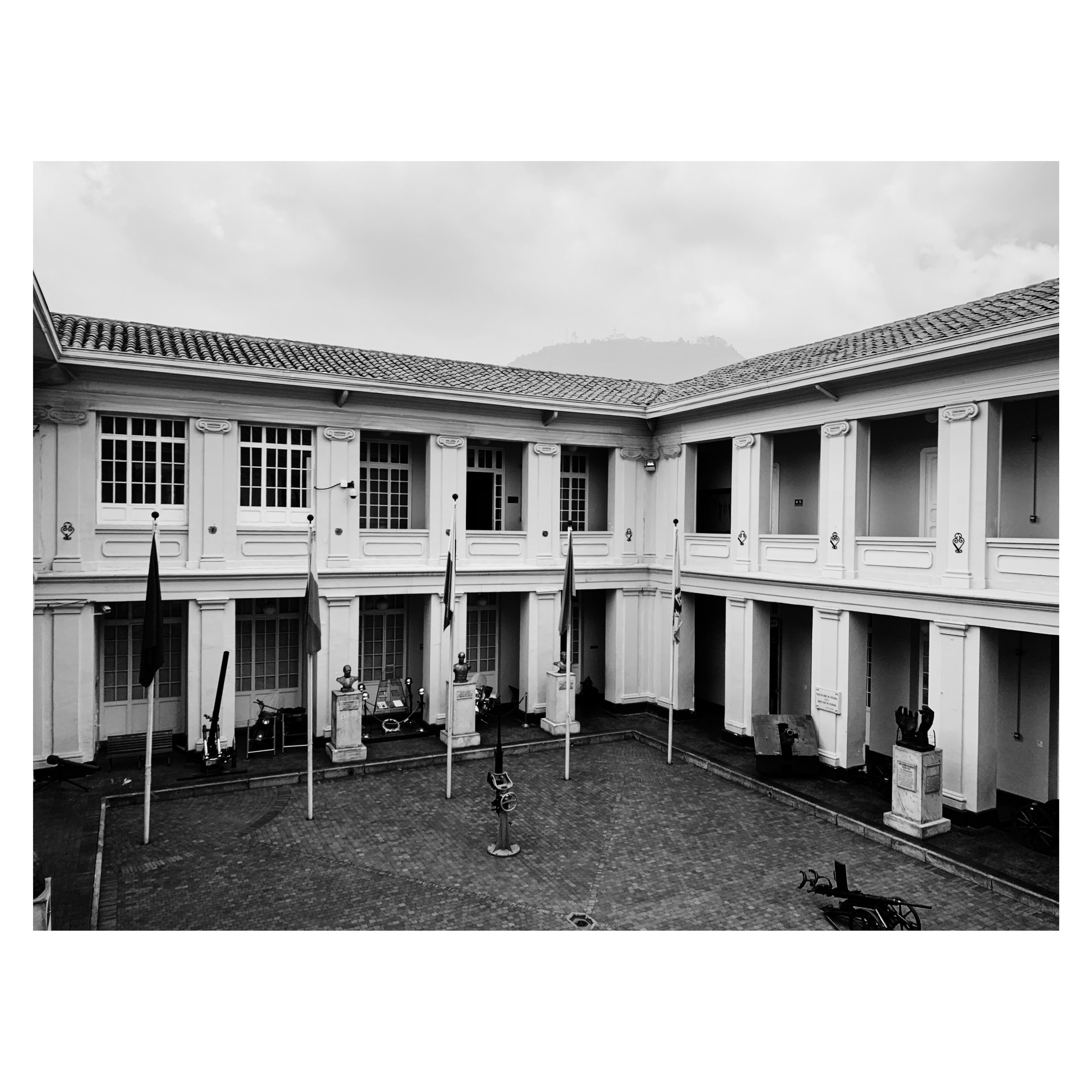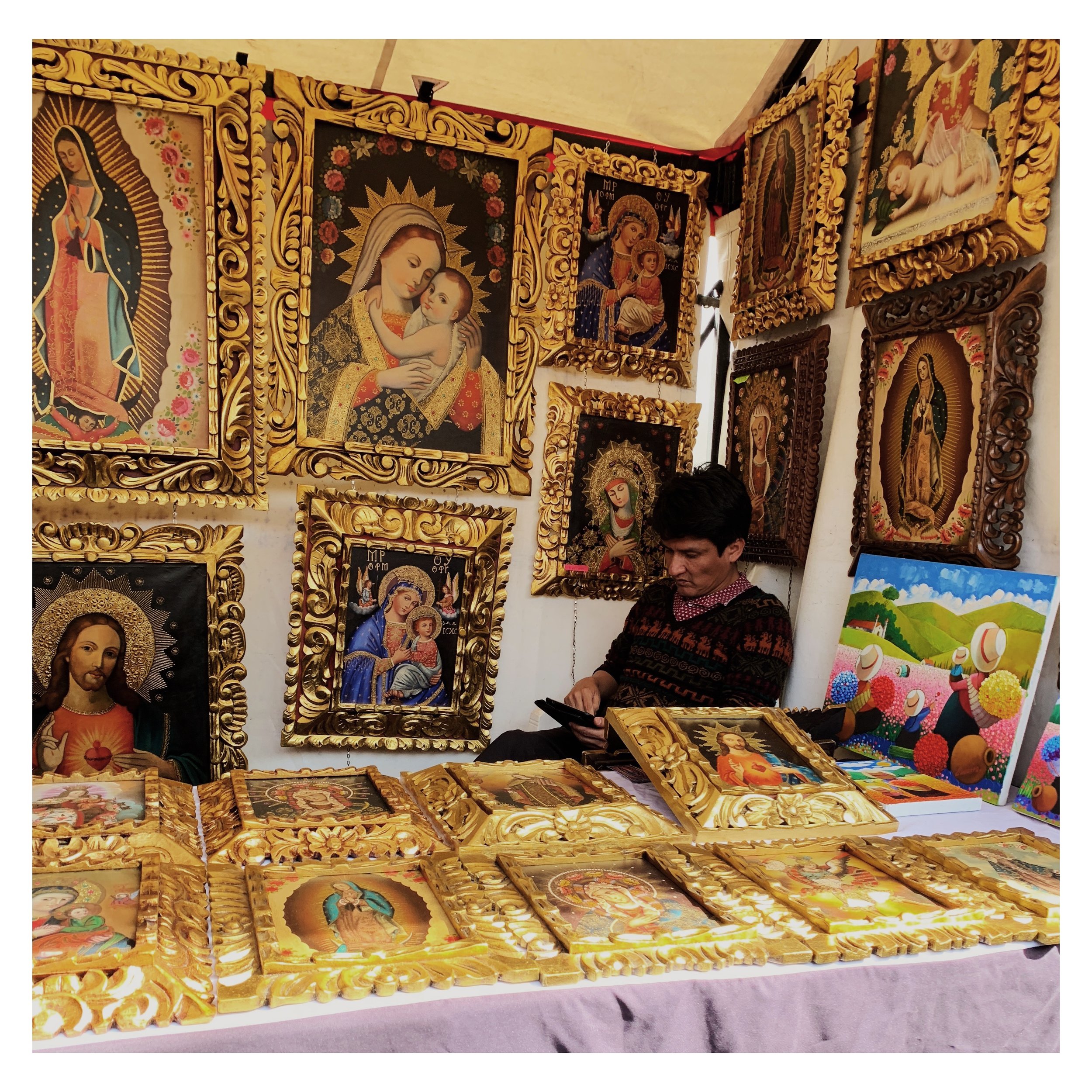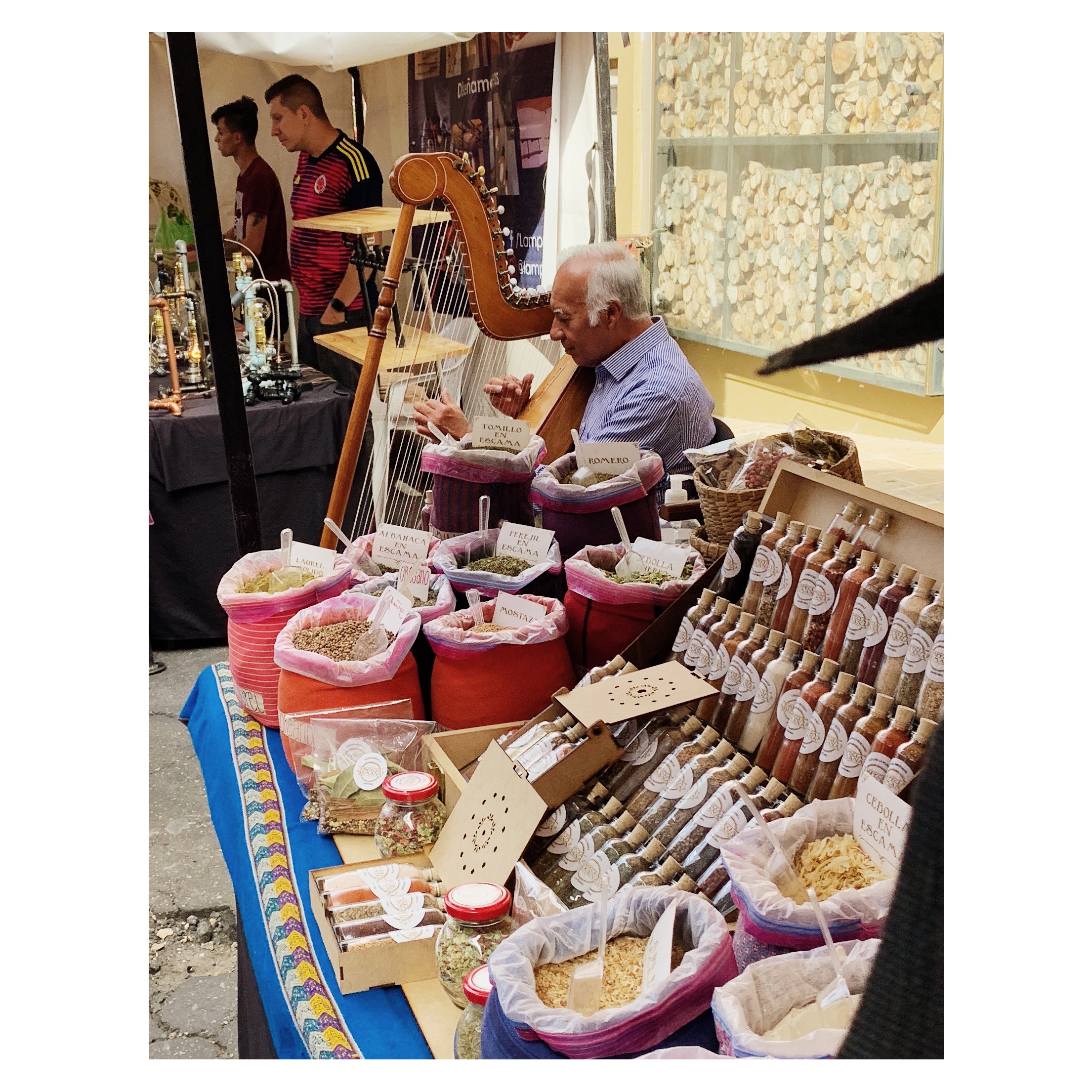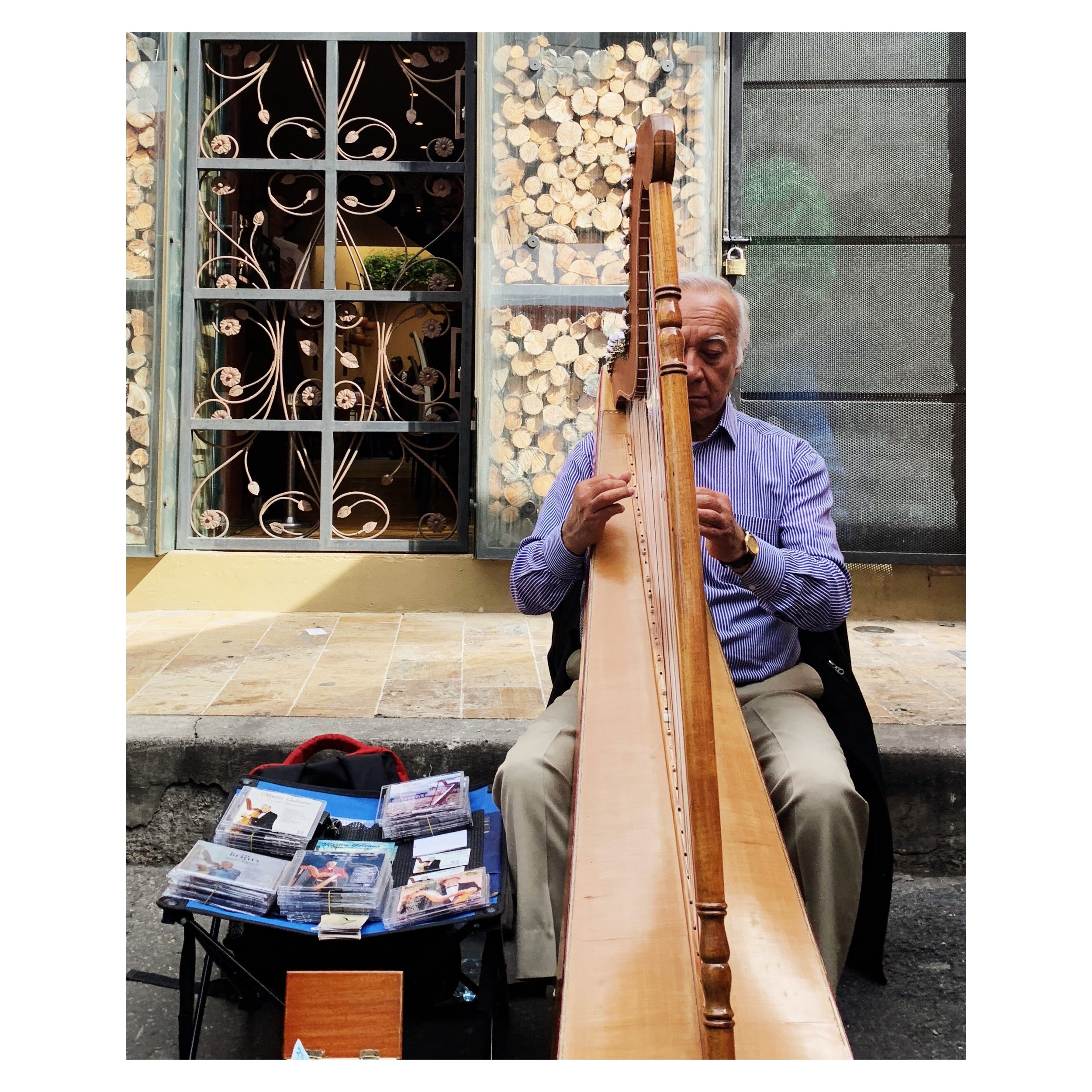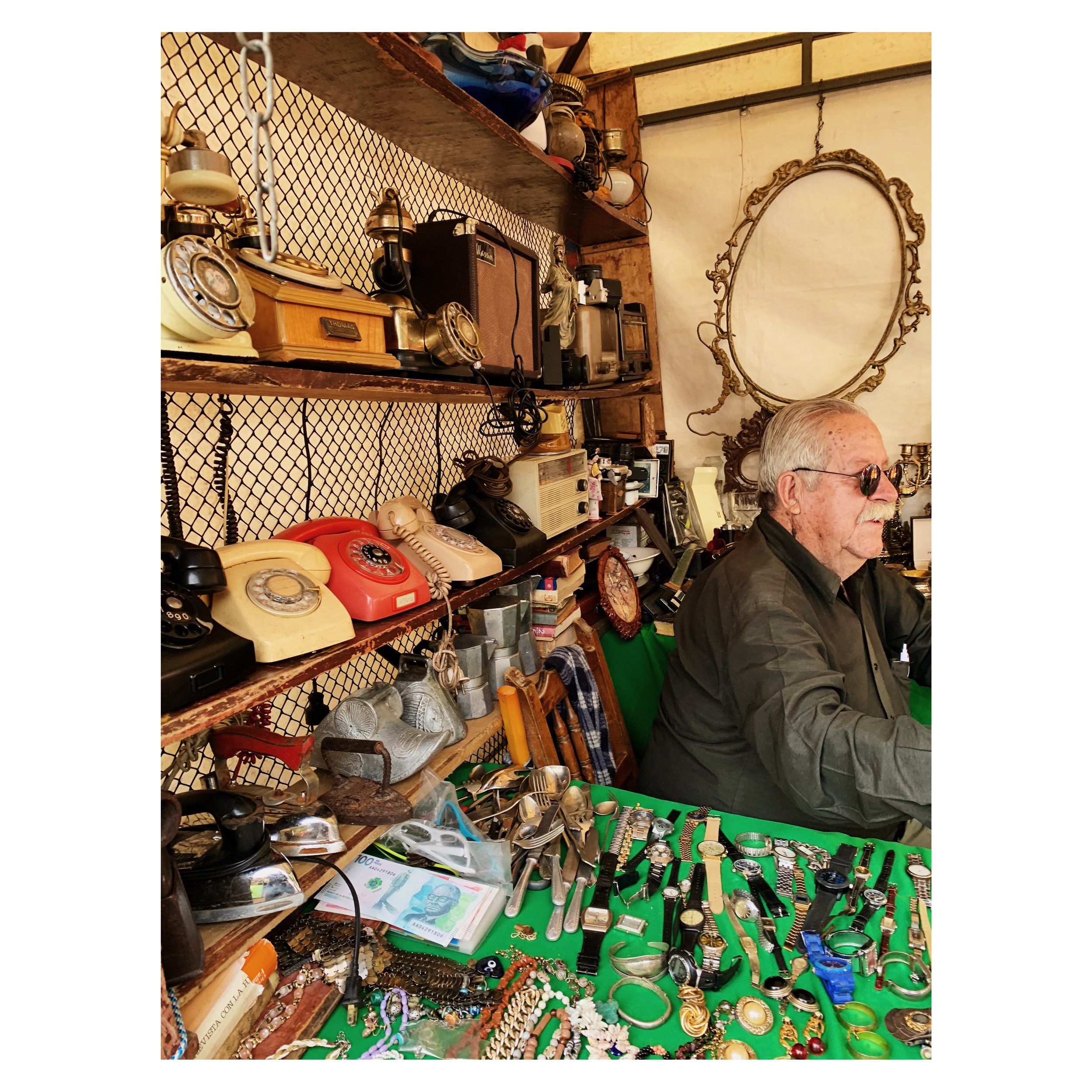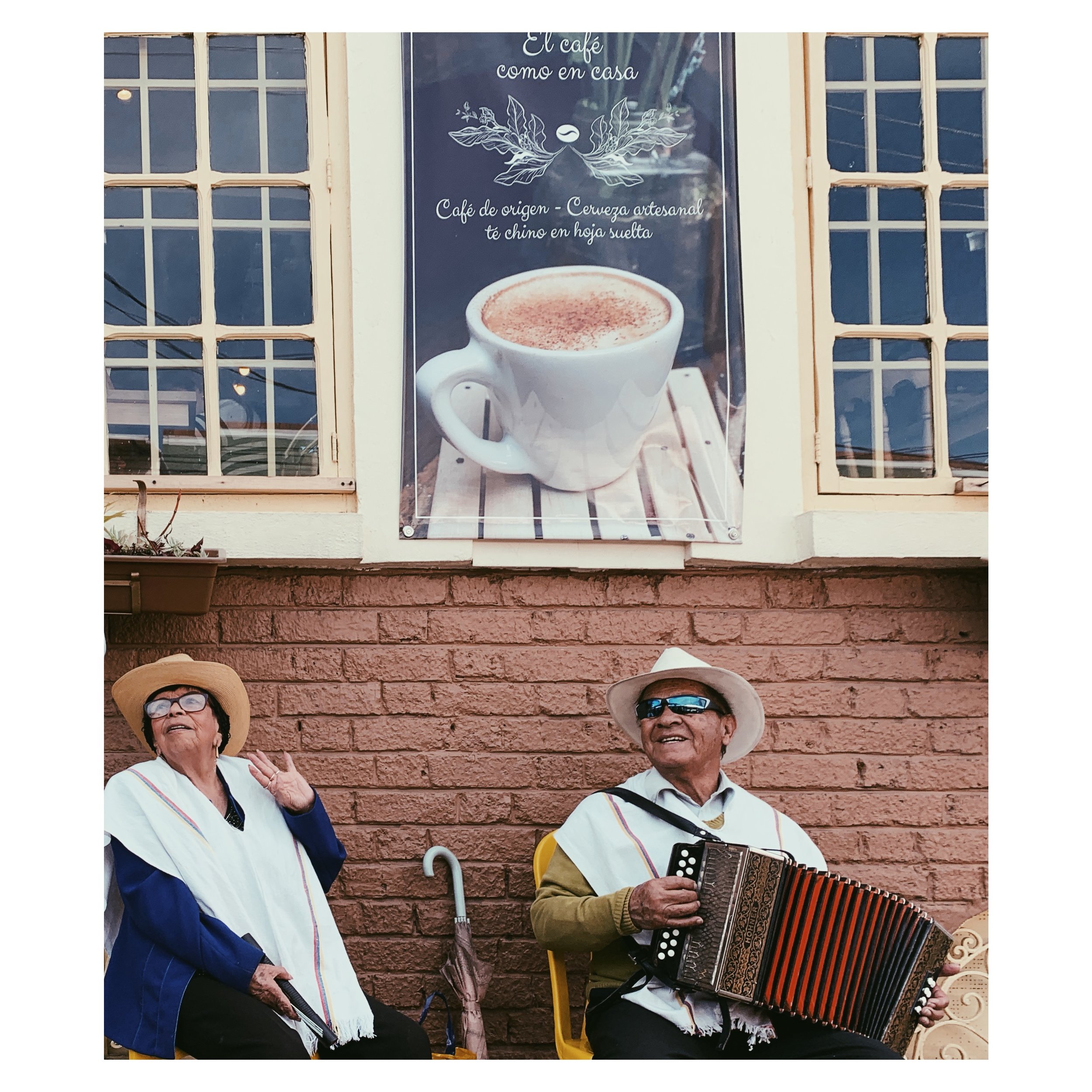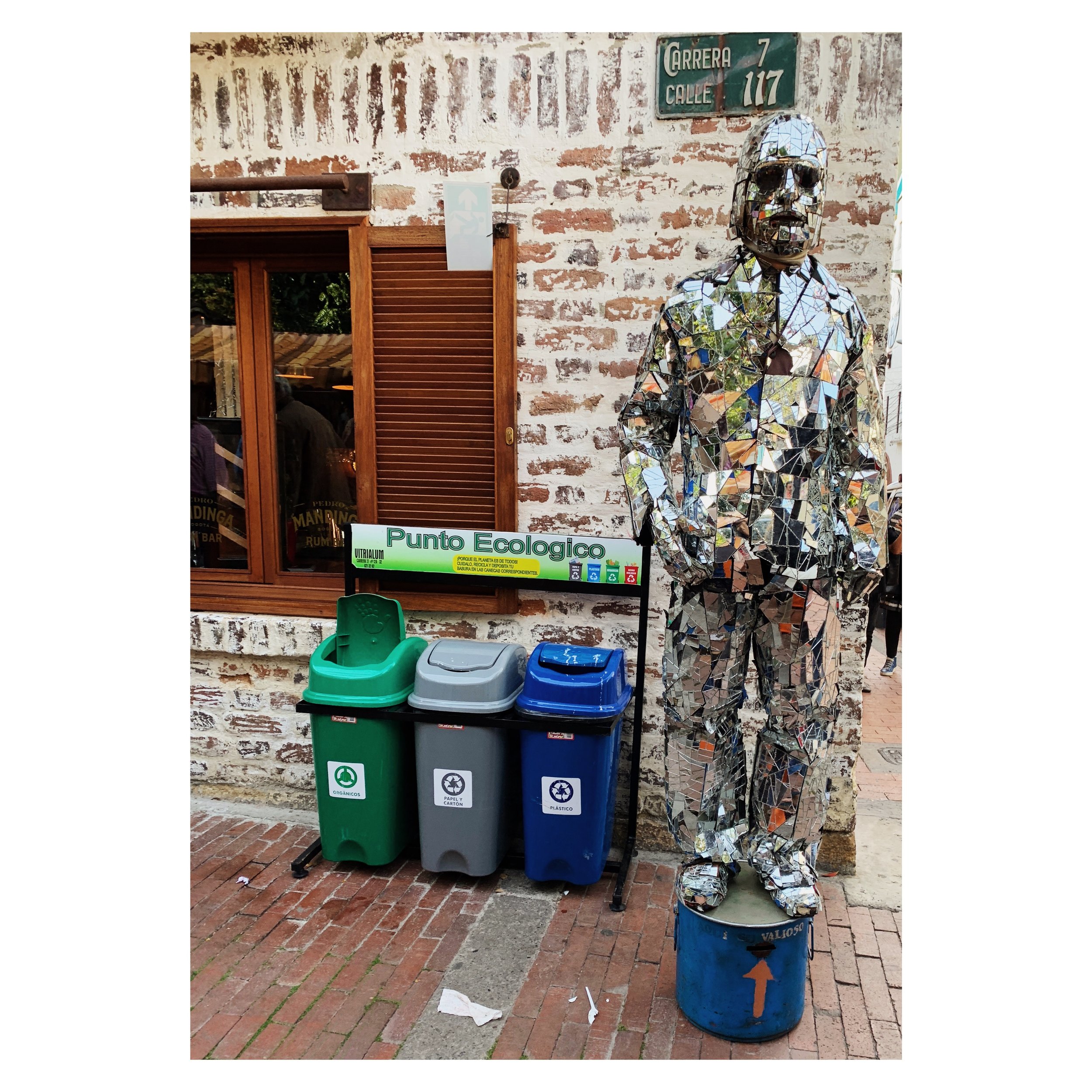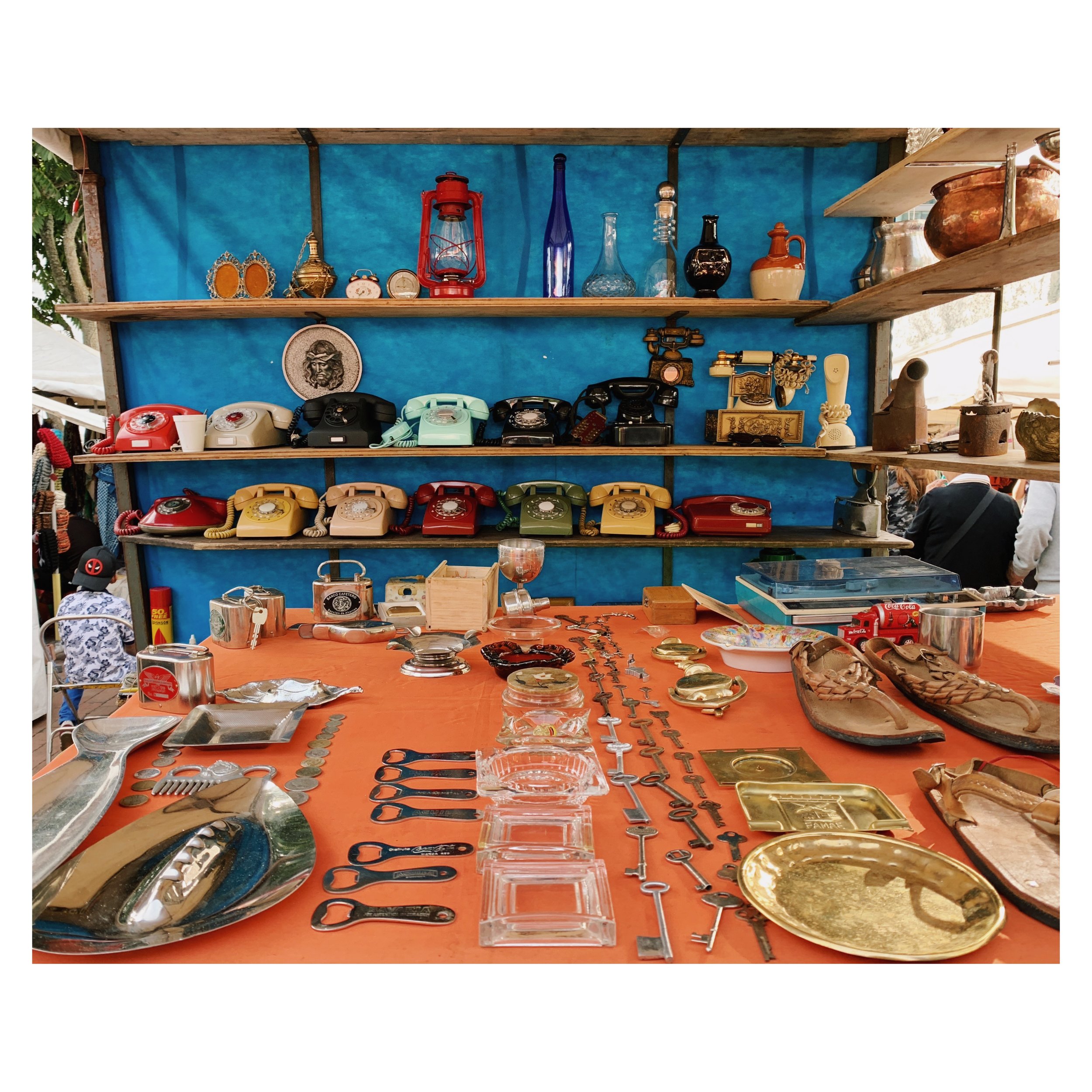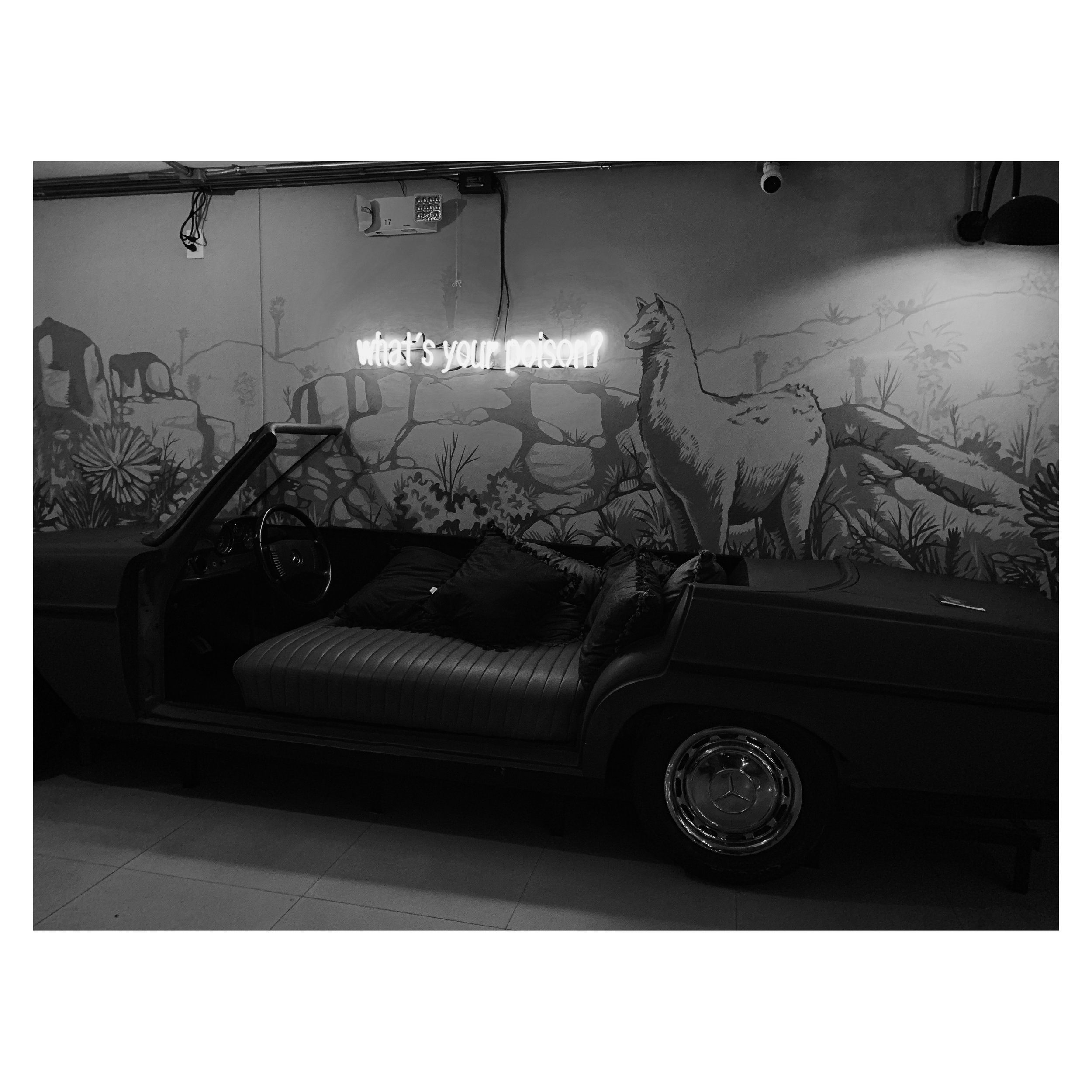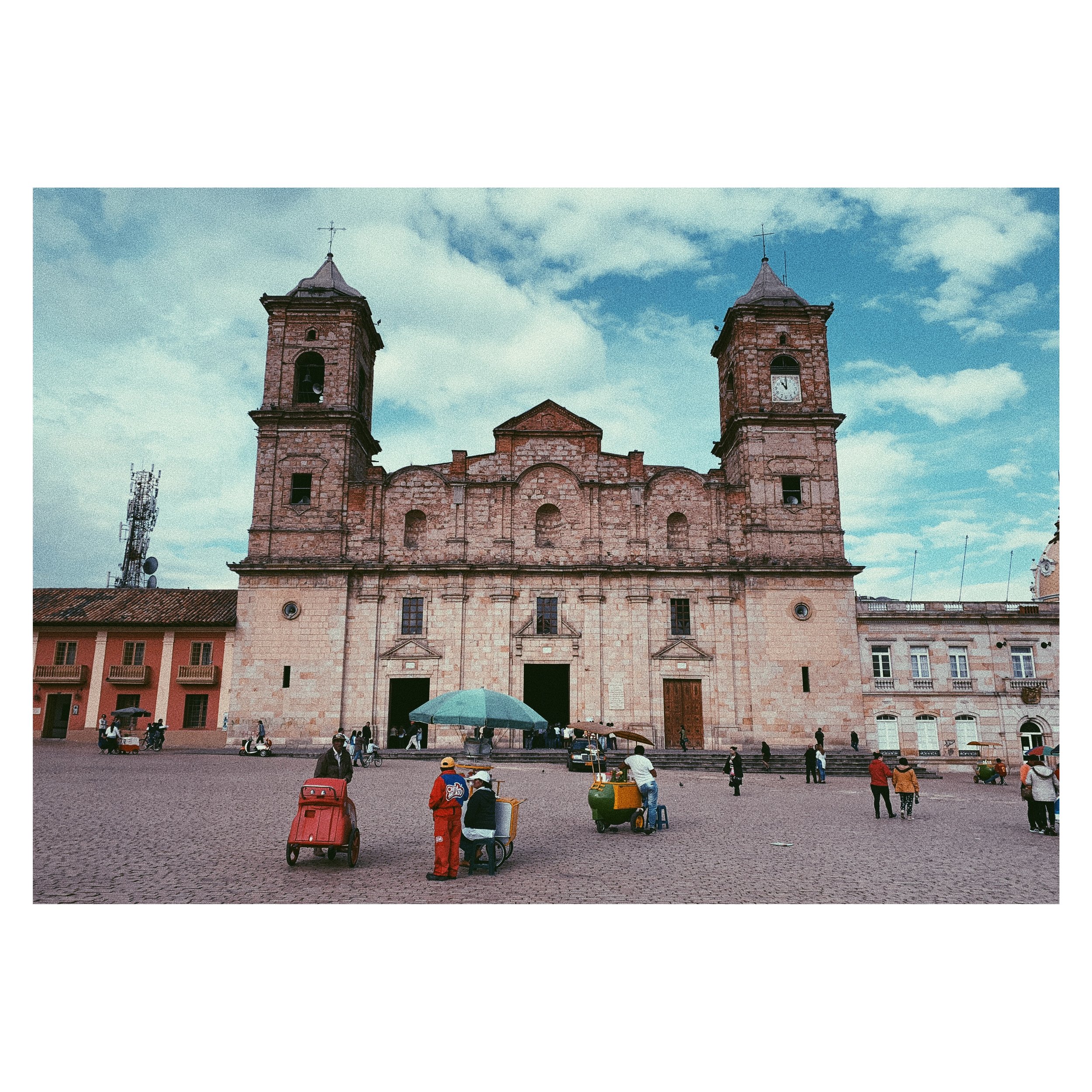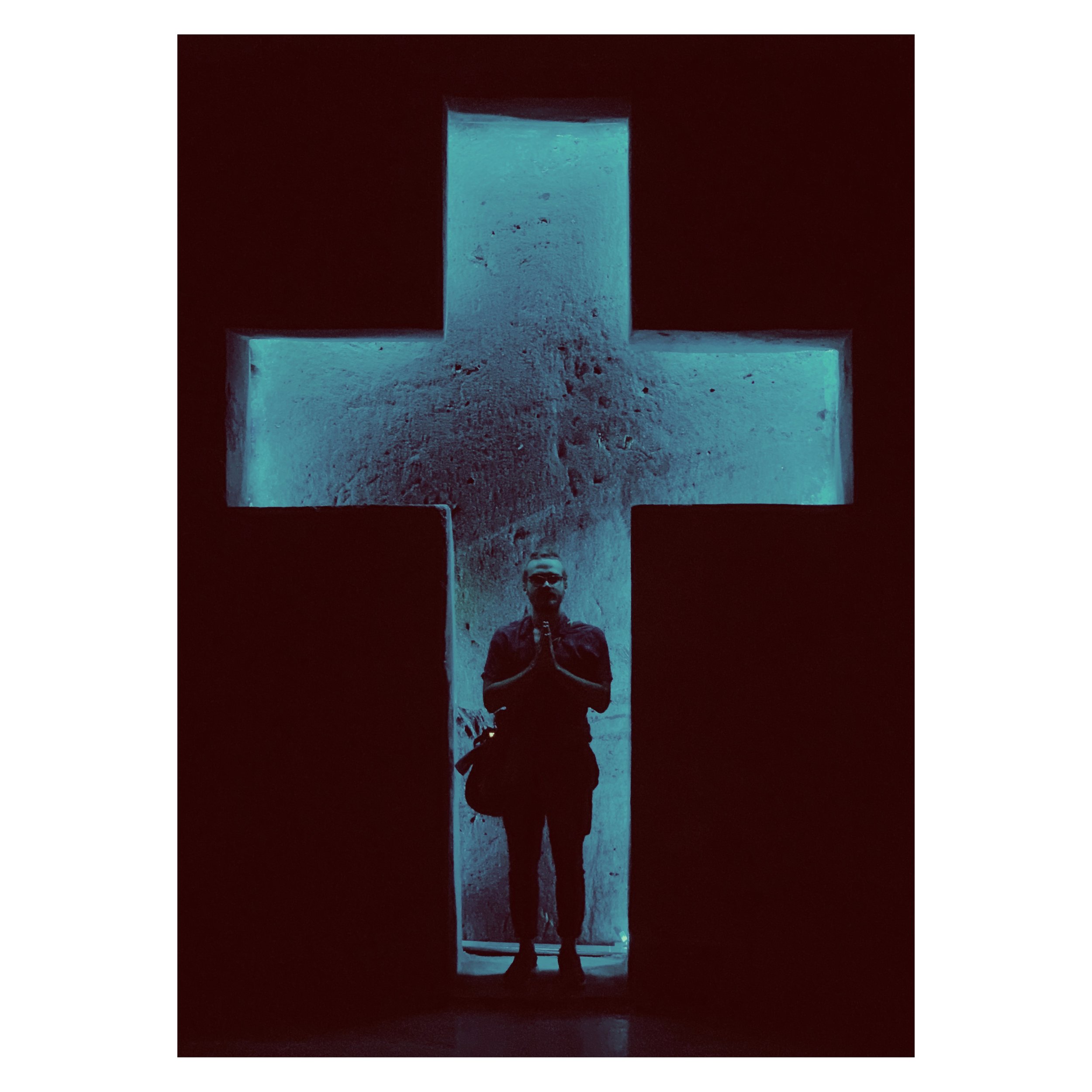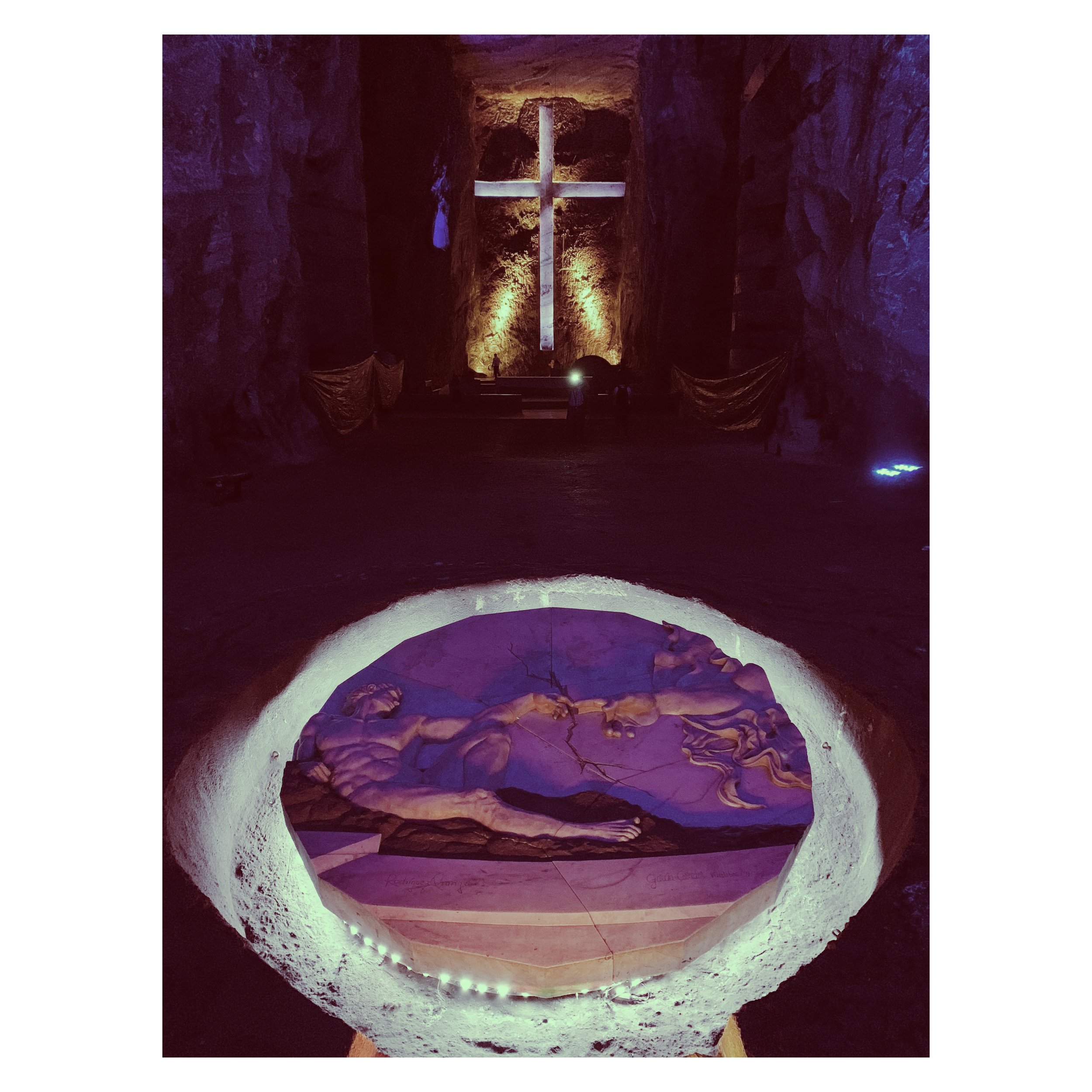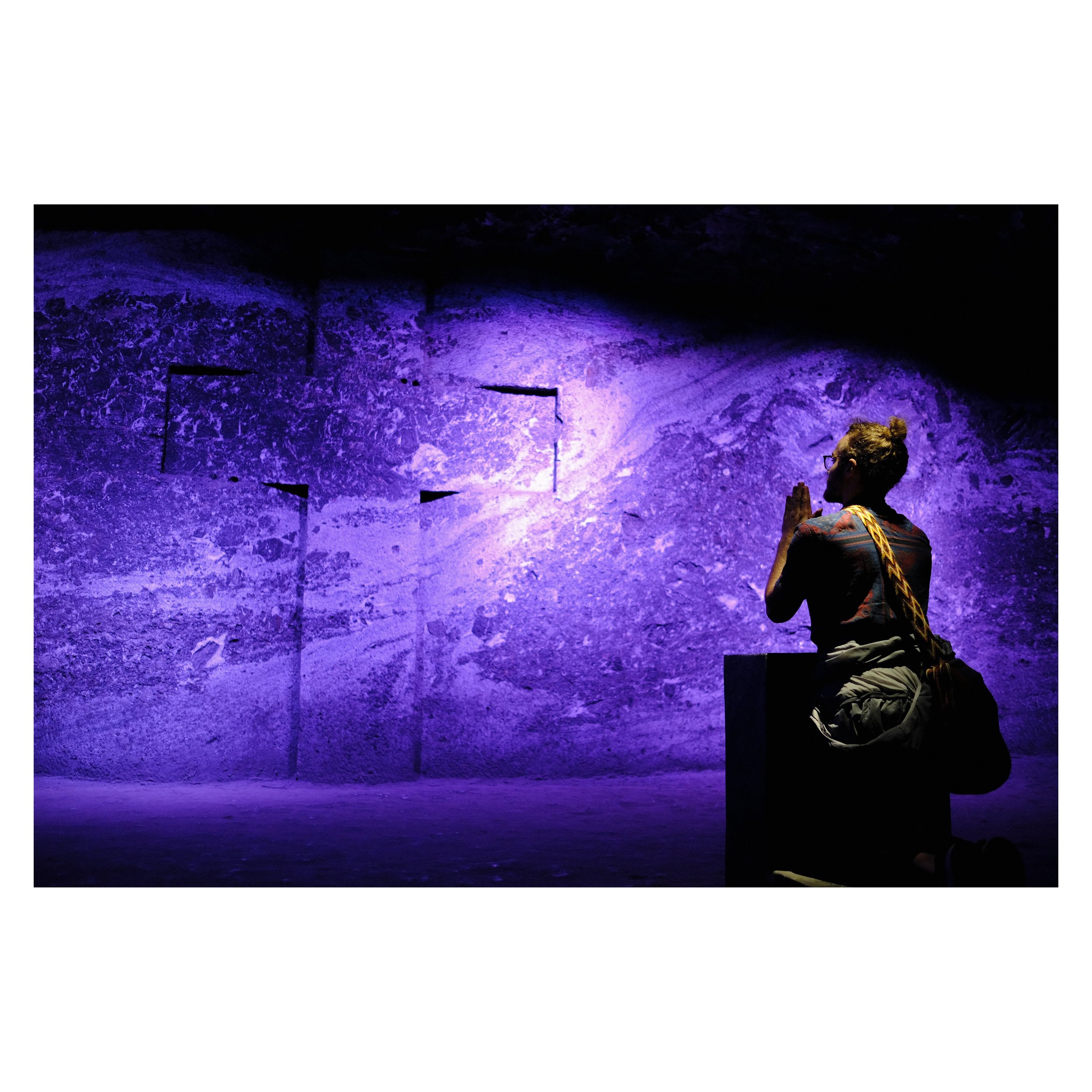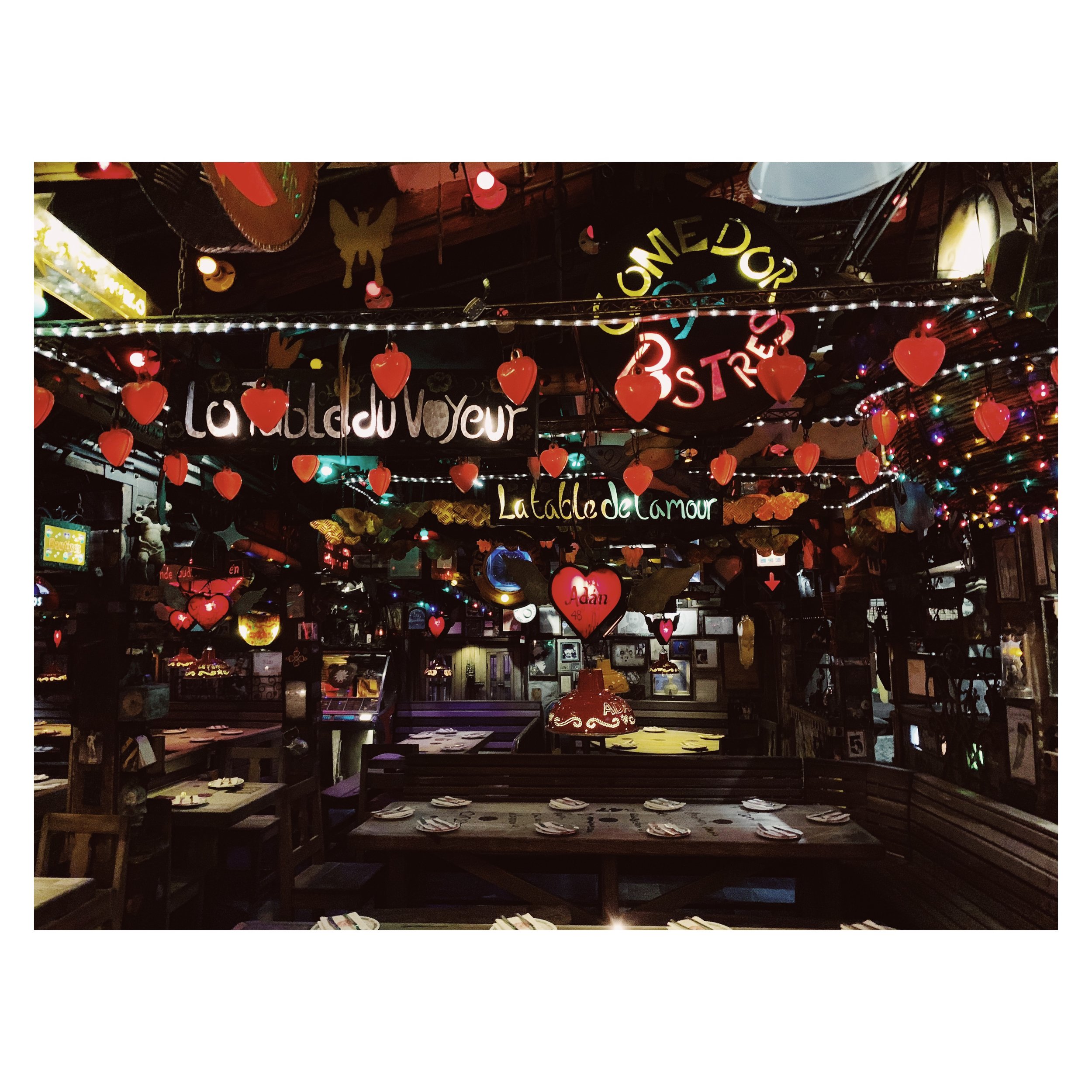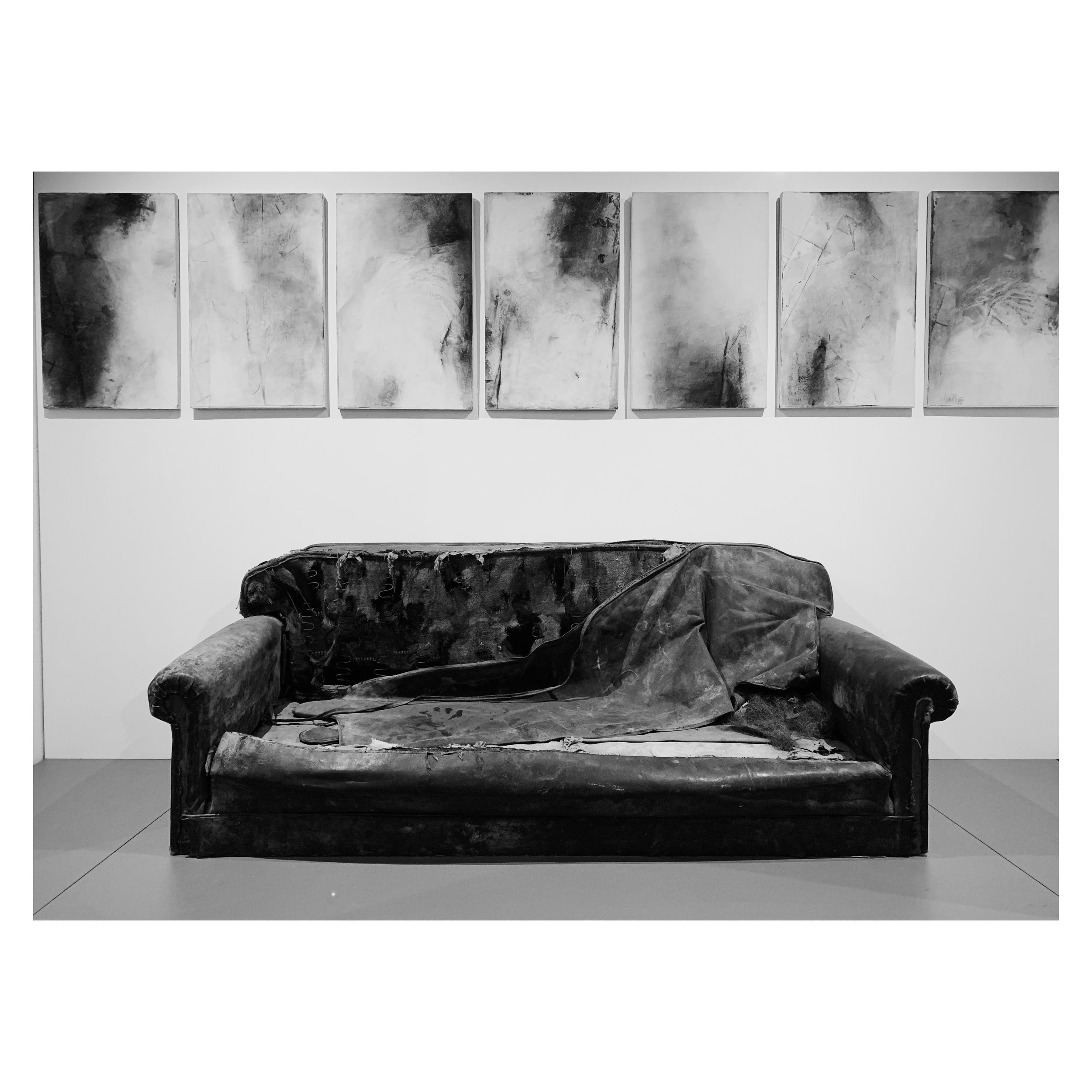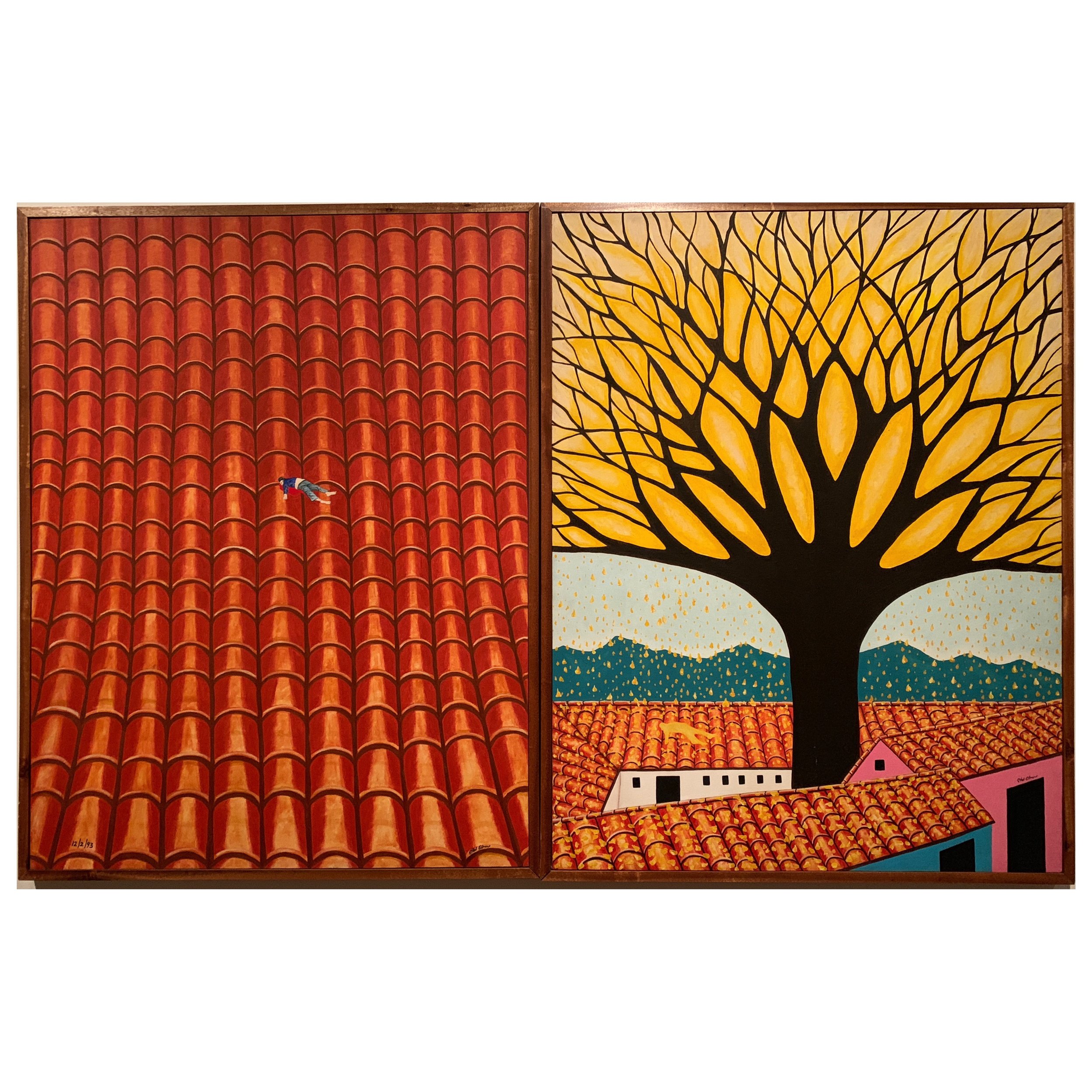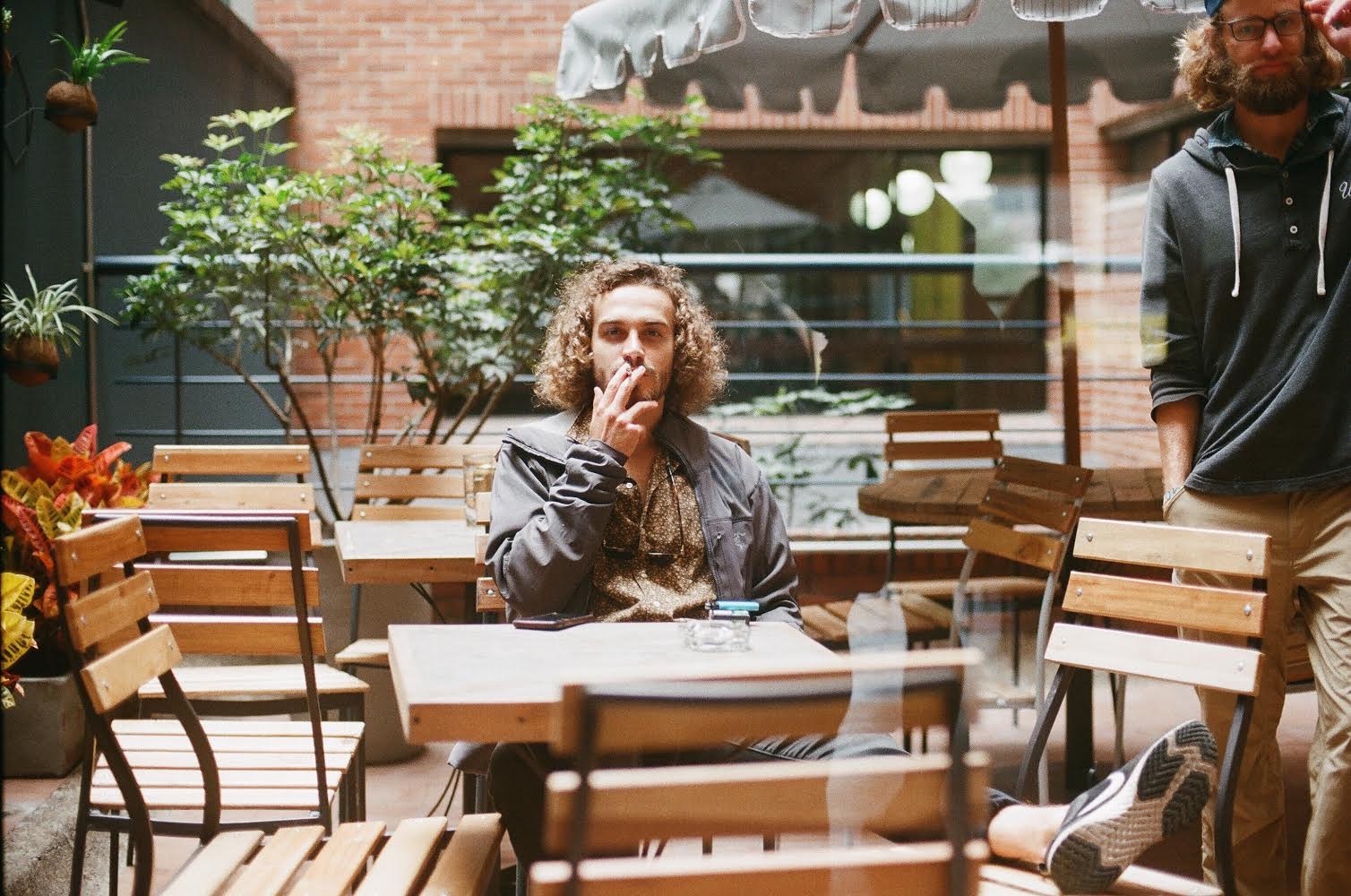Bogotá: a Balance of Art, Culture, History, and (of course) Religion
Bogotá: the seat of Colombia’s government, the epicenter of its cultural history, the heart of its artistic excellence, and home to the country’s most (in)famous traffic. After nearly 2 months in Colombia, the rumor mill on the backpacker circuit had provided plenty of feedback—mostly negative—about Bogotá. “I didn’t like it. It’s boring. It’s too spread out. It doesn’t have the same Colombian energy like Medellín or Cartagena.” Yada yada yada. After almost two weeks there, I can verify that this is mostly trite garbage.
Even with a debilitating illness—what I later learned was severe Bronchitis coupled with Salmonella Give (a rare variety of the infection that comes courtesy of improperly cooked or handled goat meat)—I still enjoyed Bogotá. The history of the city is awe inspiring; seeing the seat of the government and the palace of justice (infamous for the Escobar sponsored invasion in the 90s) was a free history lesson. Even if it’s not the most exciting place in the world, visiting the White House in the U.S. is still interesting because is where the country is legislatively shaped—just as Bogota is from here. The views from Montserrat can be rather striking (when it’s not pouring rain or the city isn’t enveloped in fog) and provide a canvas on which an expansive painting of Colombian life was portrayed. Some of Colombia’s best street markets are in Bogotá, such as the Paloquemao or Usaquén markets which offer a wide variety of locally produced craft products, handmade paintings and apparel, and a lot more souvenirs to stock up on for friends and family at home.
What I found most intriguing was the art though. Between the Gold Museum, Military Museum, Police Museum, Colombian National Museum, and Botero Museum Bogotá offers a unique and irreplaceable window into the development of the country’s art as well as its cultural history. While other cities boast beautiful museums as well, Bogotá orbits in a different stratosphere. There are pre-Colombian artifacts like pottery and gold from all the ancient indigenous tribes, military and police artifacts from the dark history the country is trying to paint over, and paintings like those of renowned Colombians like Fernando Botero who are at the forefront of rebranding Colombia through art. For a history or art nerd such as myself, Bogotá is arguably THE place to visit in Colombia.
If you’re young and looking to party (which I sadly could not) Bogotá is a phenomenal city to get down to Reggaetón and interestingly enough, techno. Warm up at one of the BBC (Bogotá Beer Company) cervecerías in the city, many near Zona T and Zona Rosa, then head out into the thumping darkness of a techno club like Armando’s Baum or Boiler Room where gringos won’t be embarrassed off the dance floor. Techno is big in Colombia, bigger than I anticipated, and you’re sure to find some dark boogie and funk at 120+ beats per minute Thursday to Sunday.
Sure, Bogotá can be dark and stormy and doesn’t shine like Colombia’s Caribbean coast. Sure the traffic is just as horrendous as L.A. Sure, it’s not as electric and lively as Medellín. That’s beside the point and if all you do is compare Bogotá to elsewhere in Colombia you will ensure you don’t enjoy your time there. What needs changing is not Bogotá, but the attitudes with which you approach it. Open yourself up and you’ll find history on ever corner, dance floors to boogie, and women as thick as a Botero painting.
